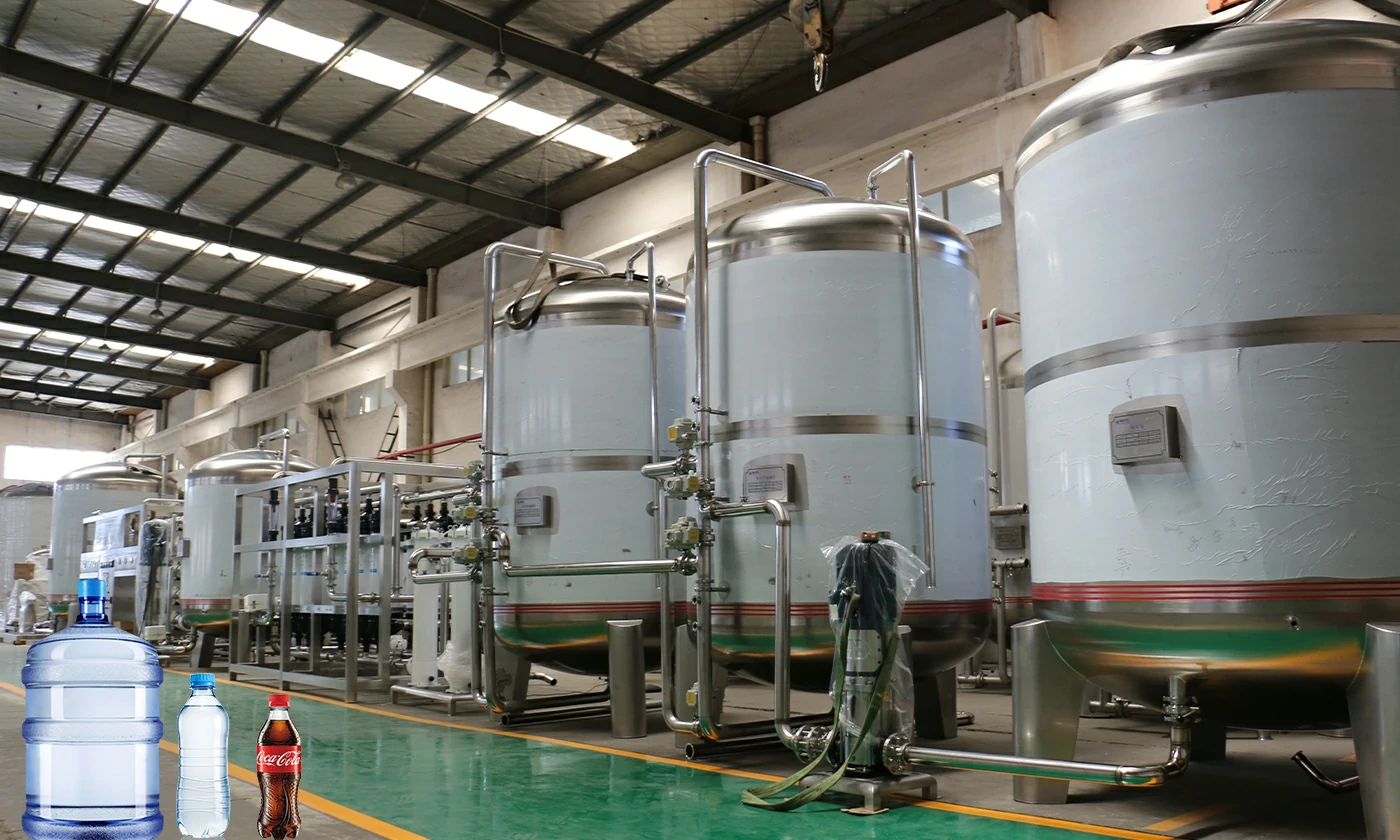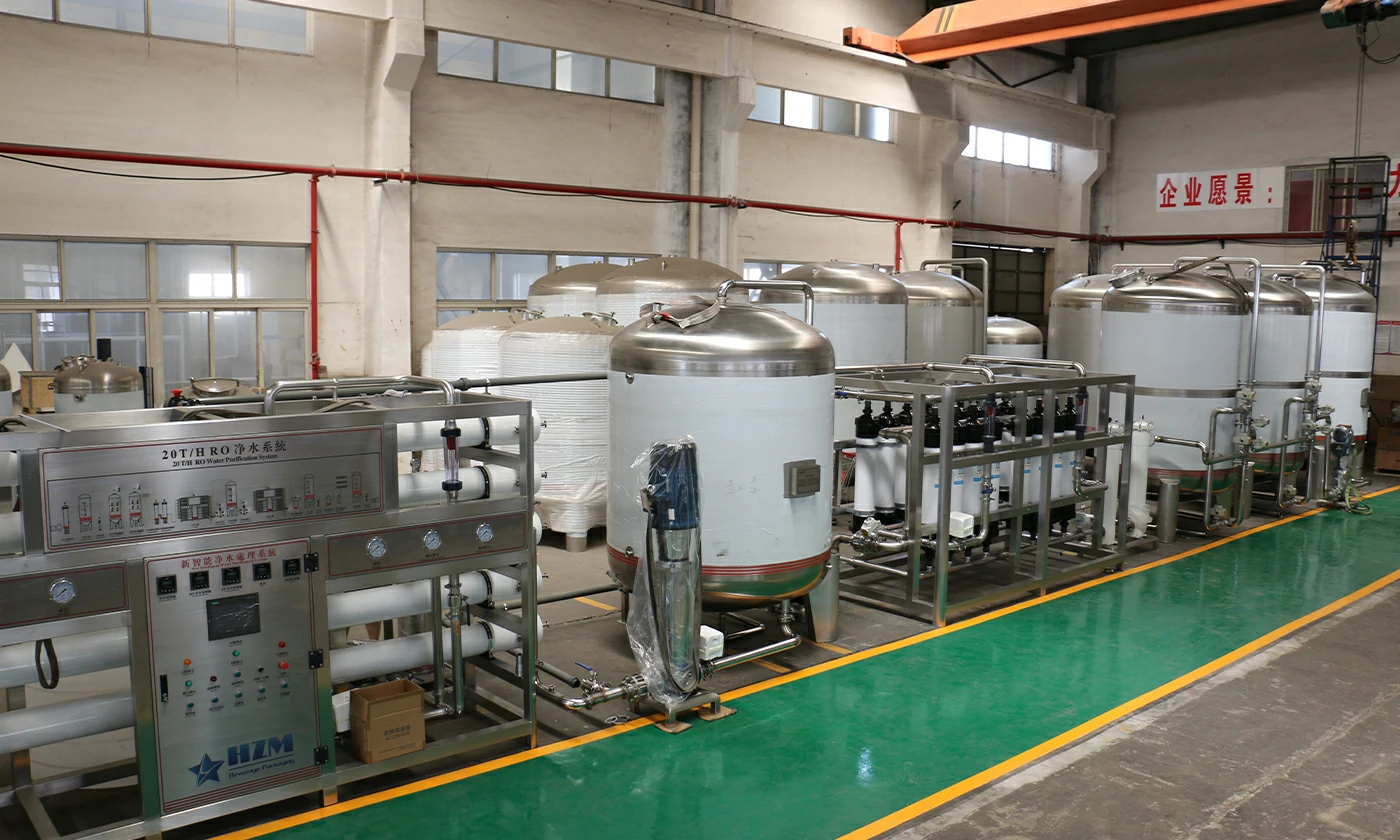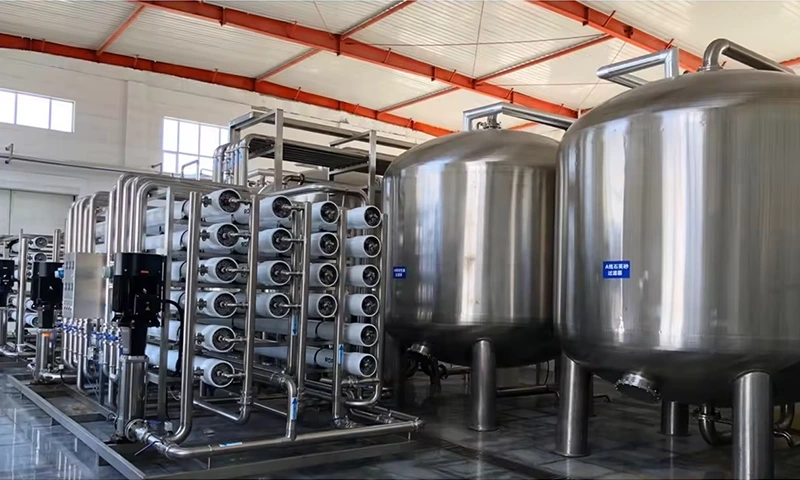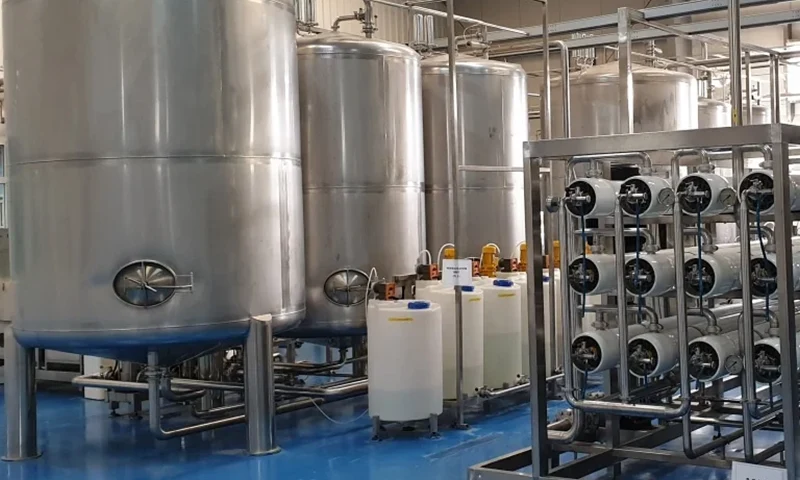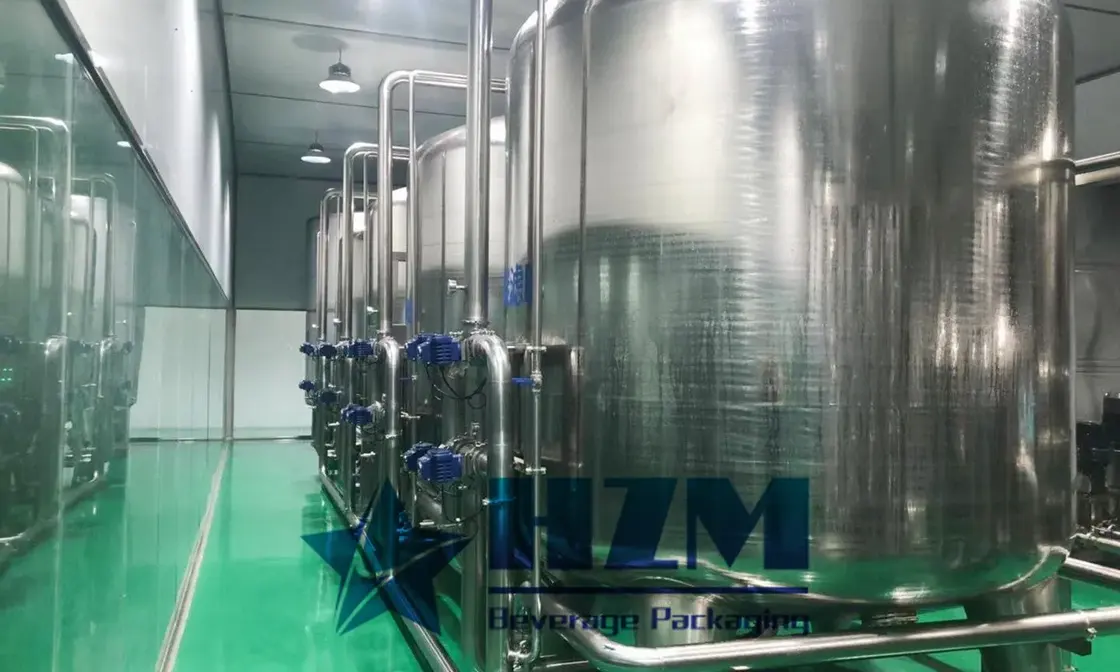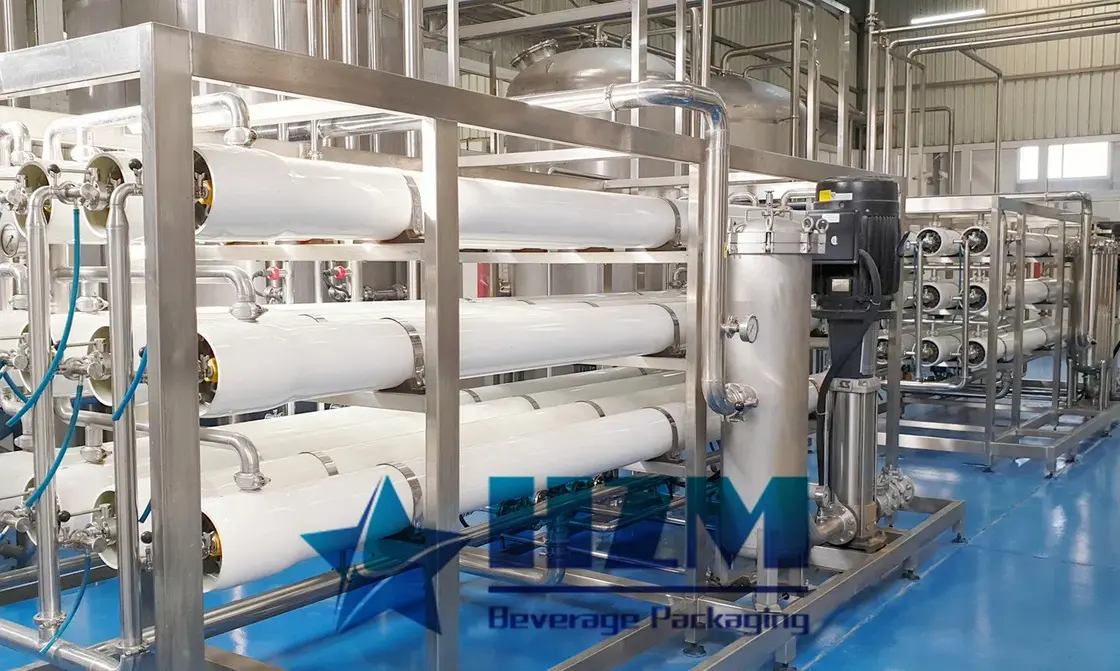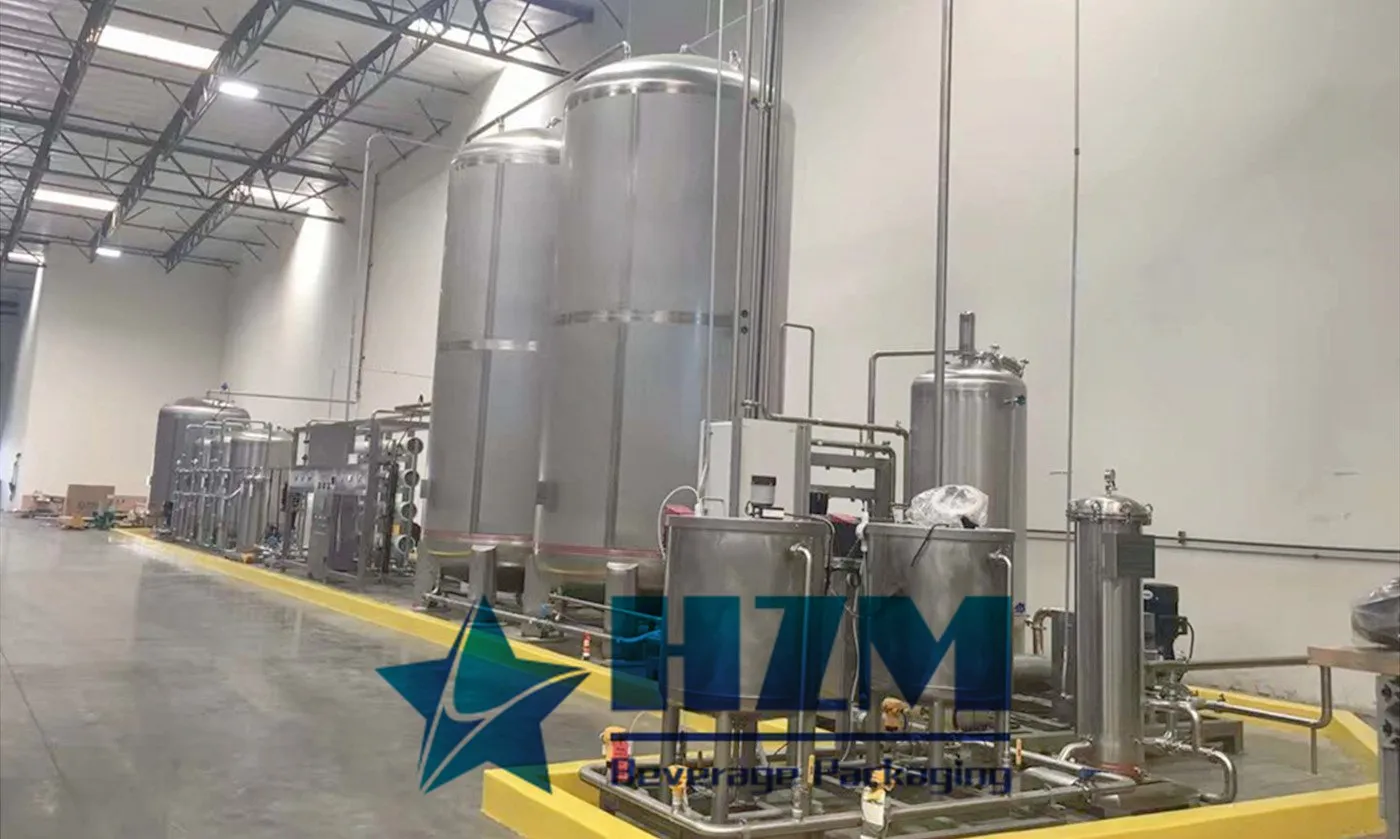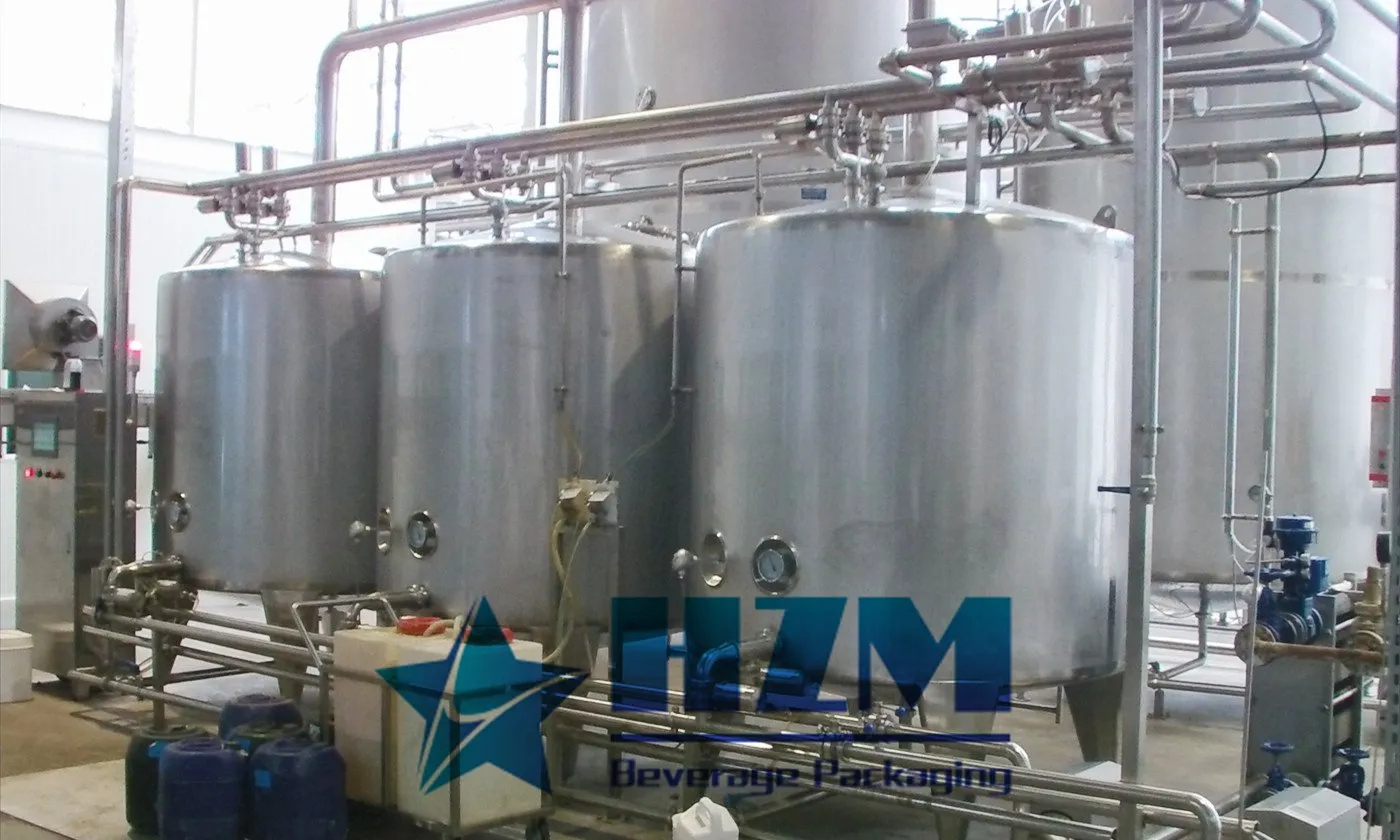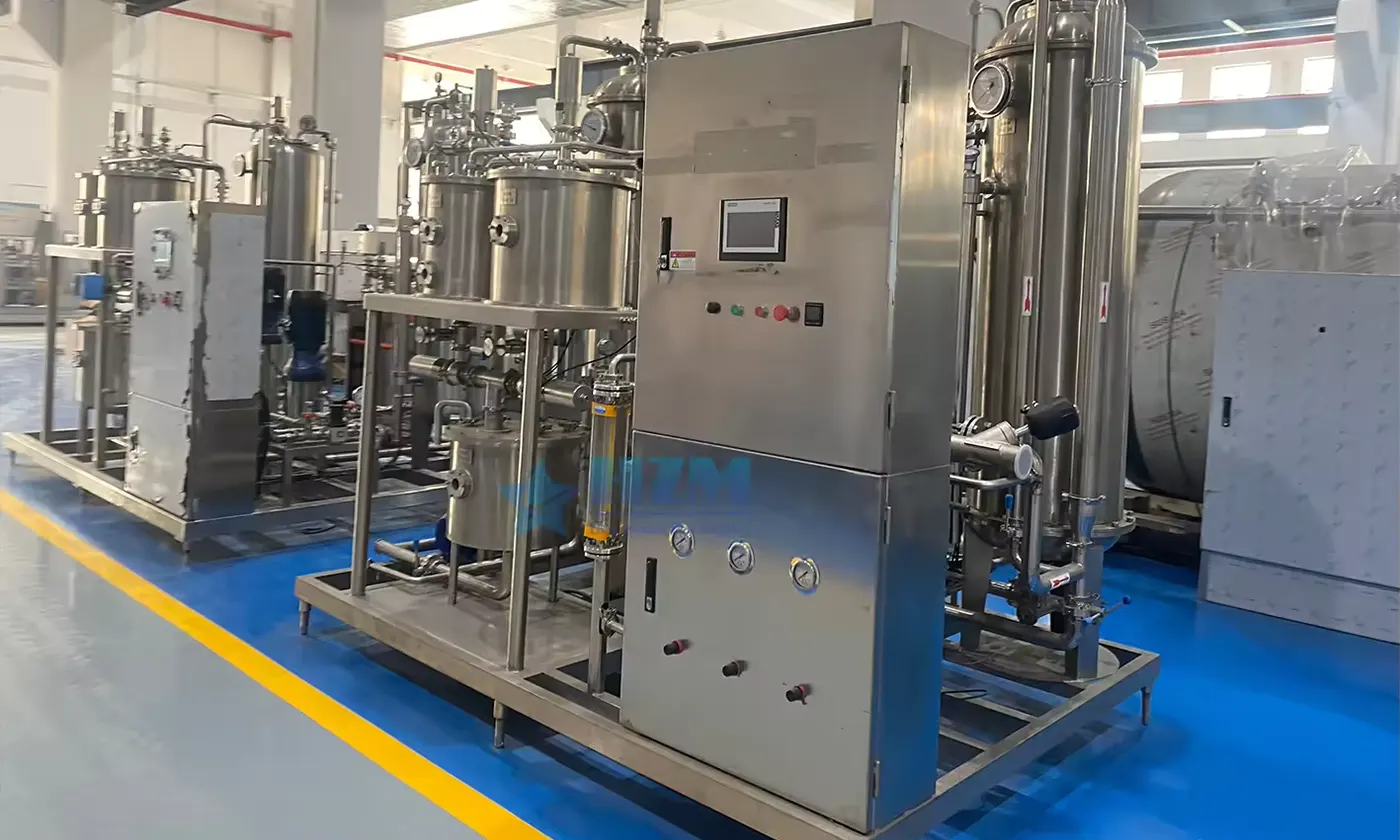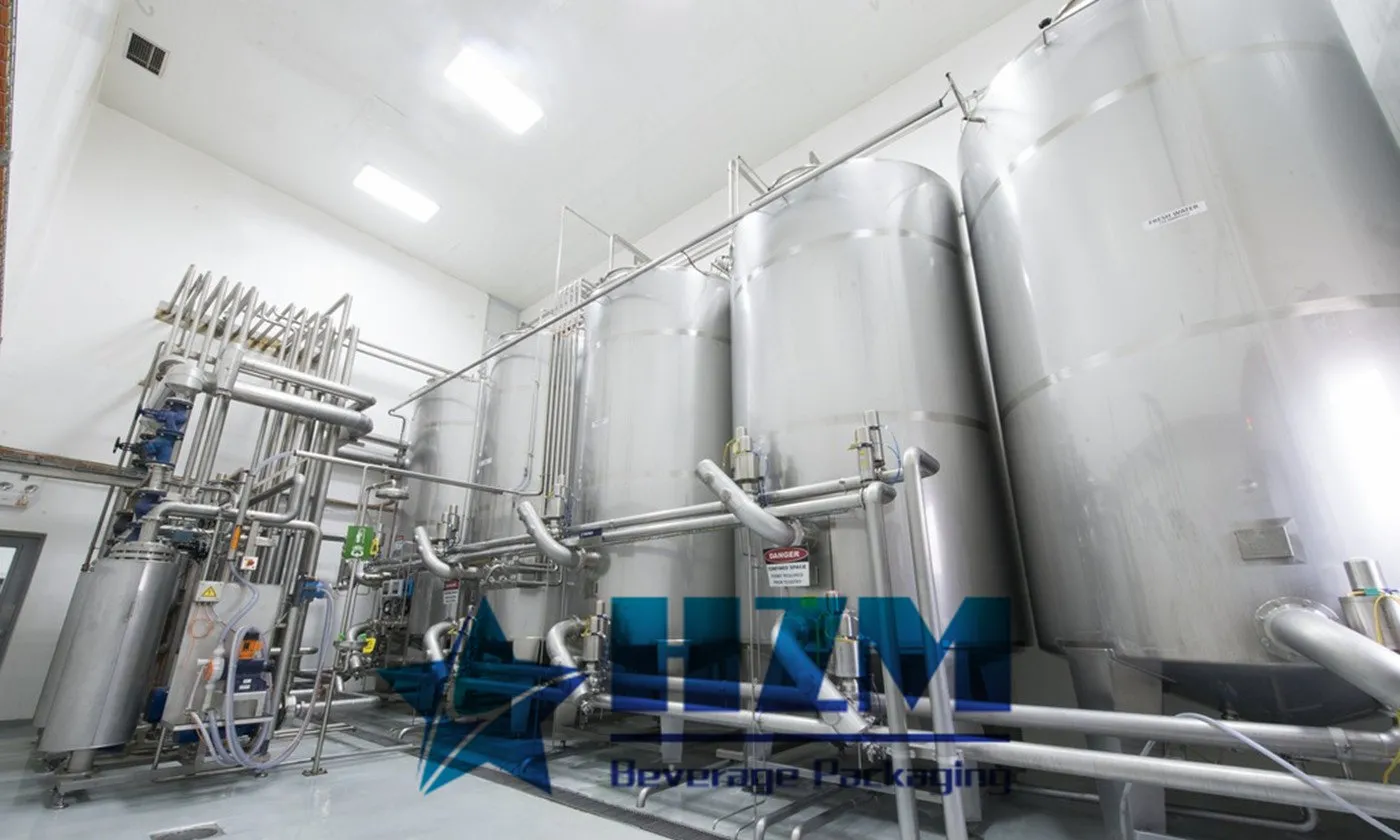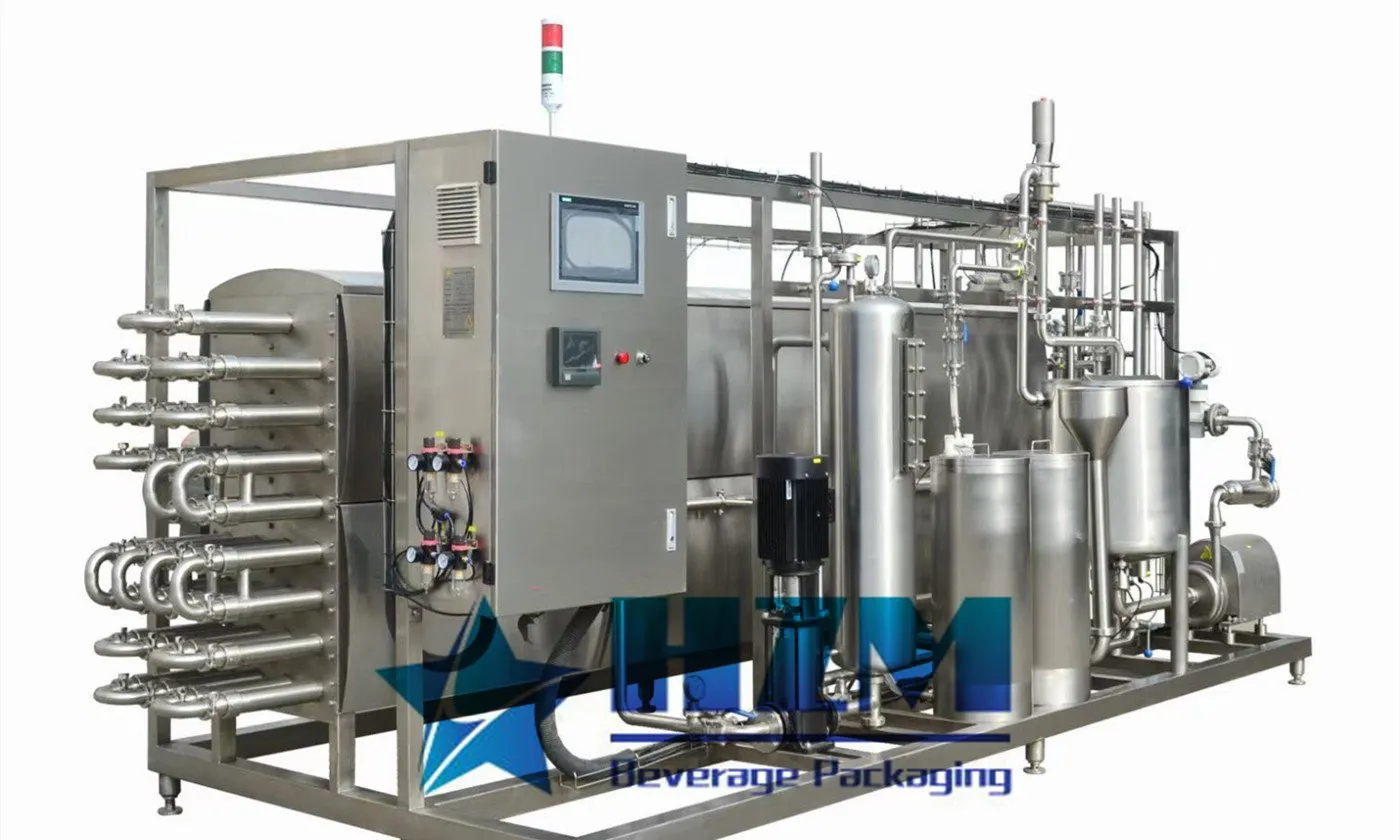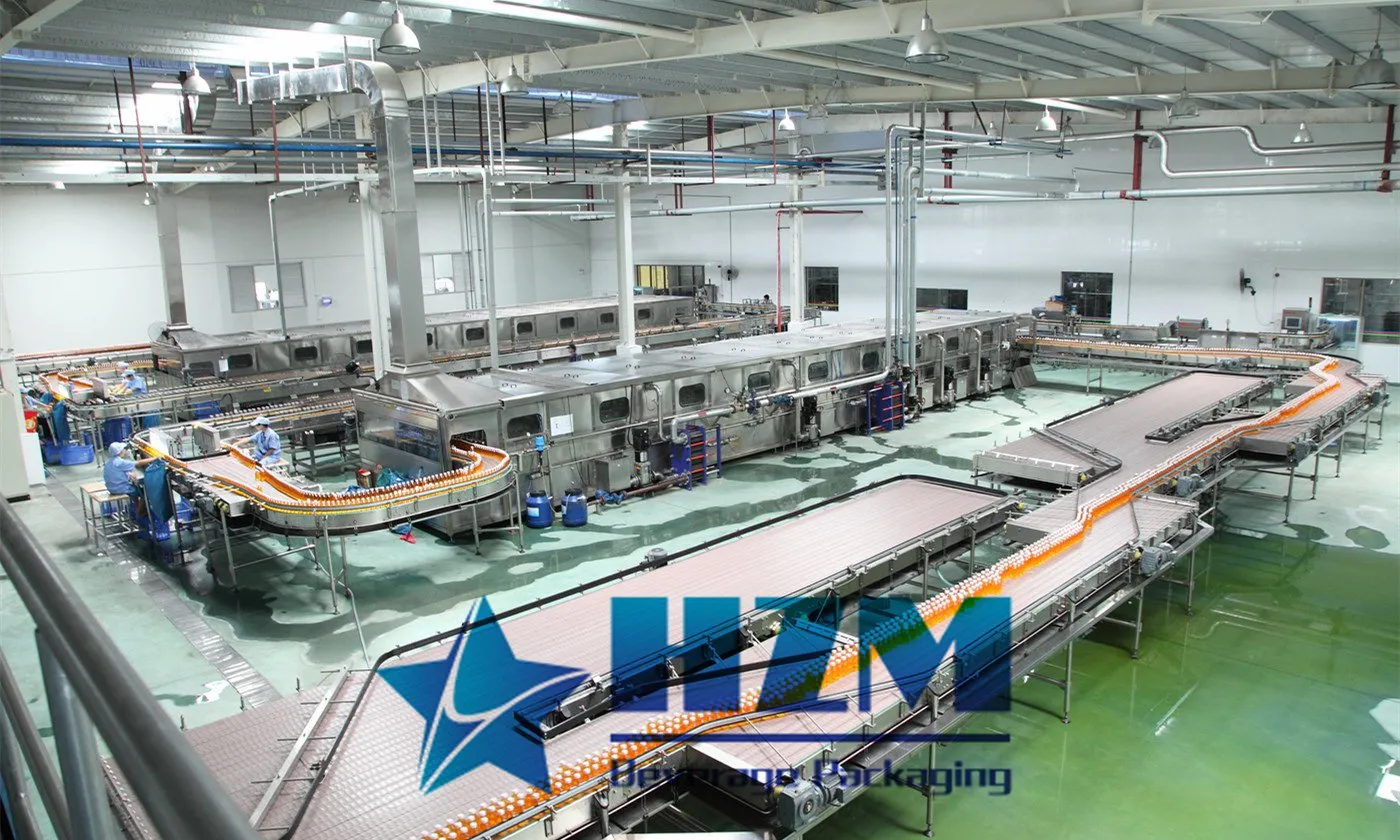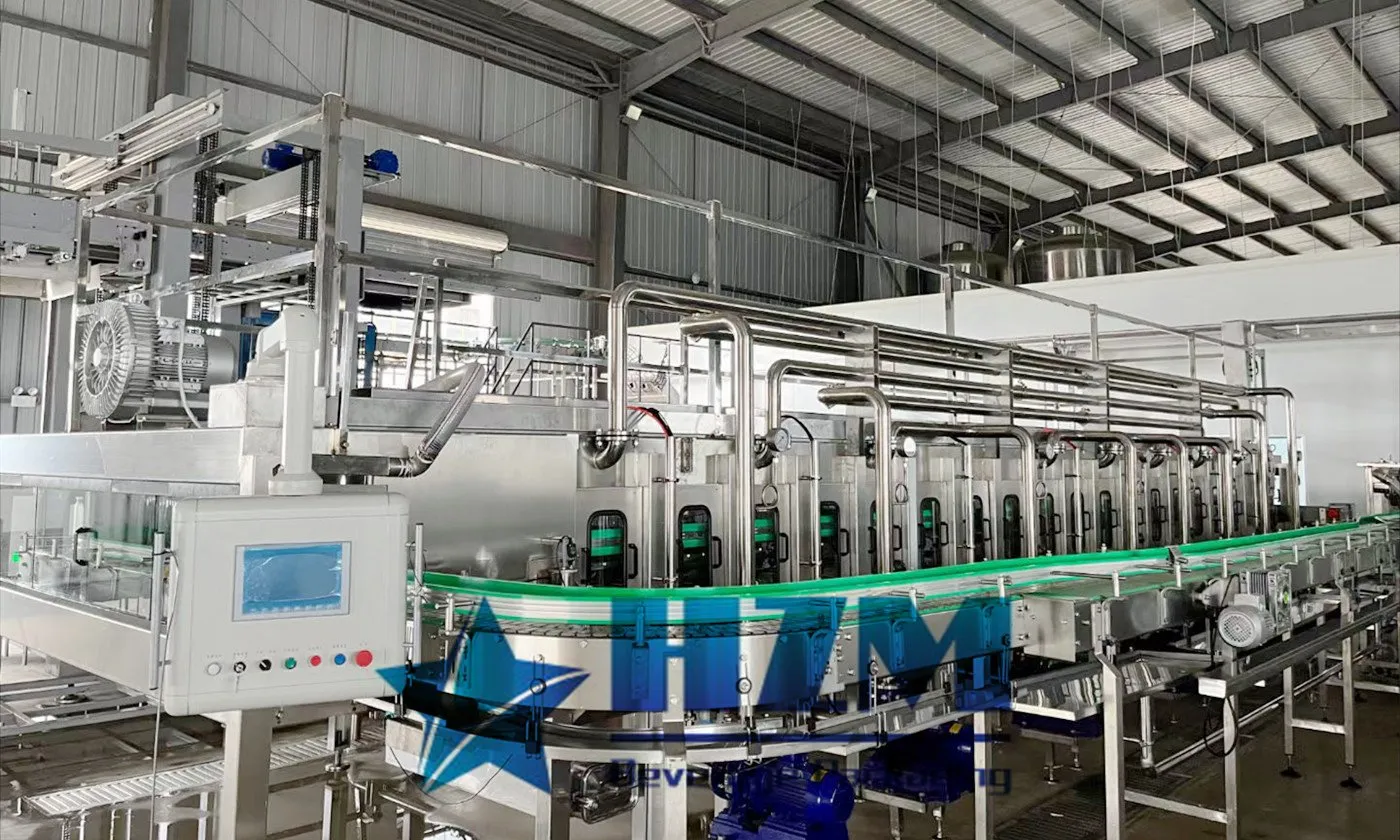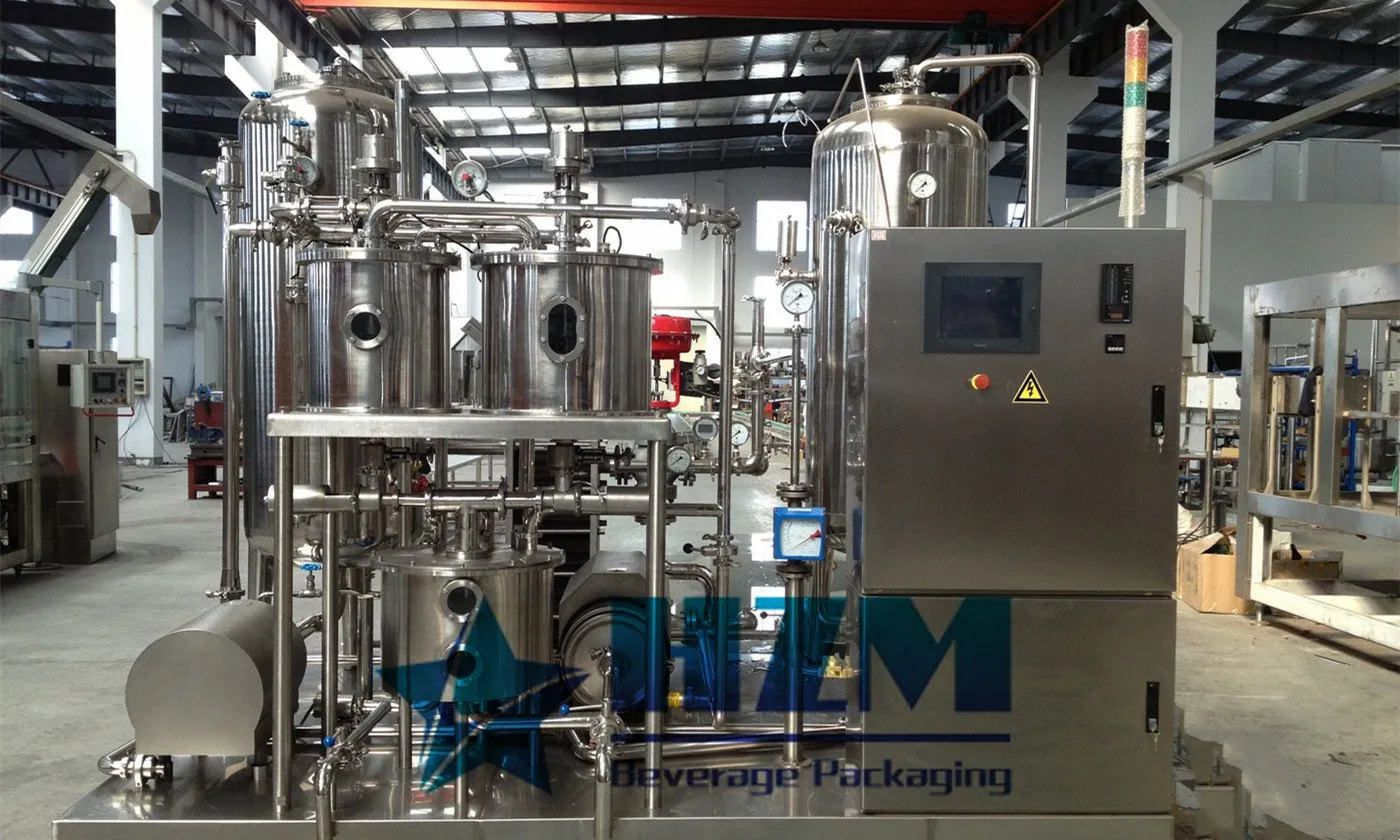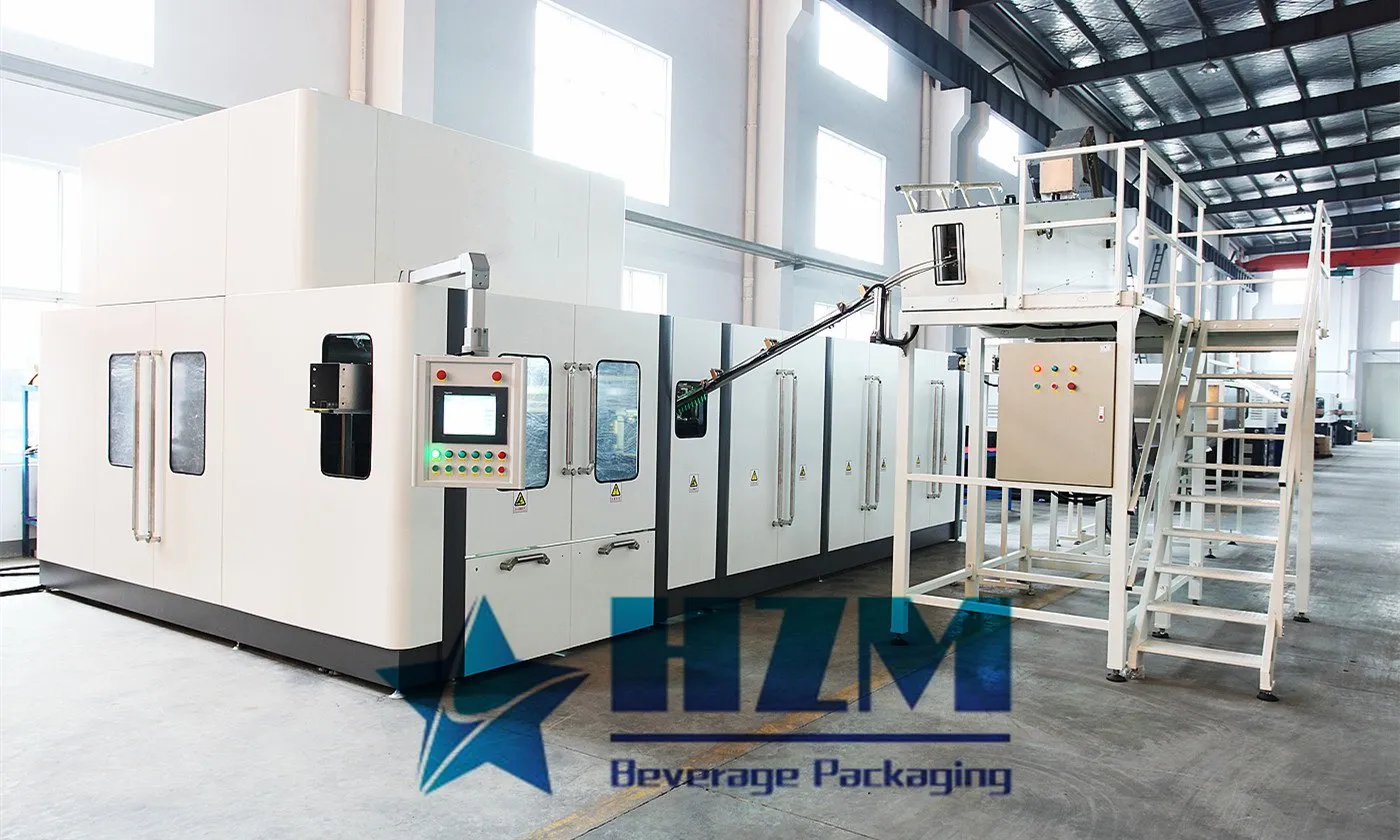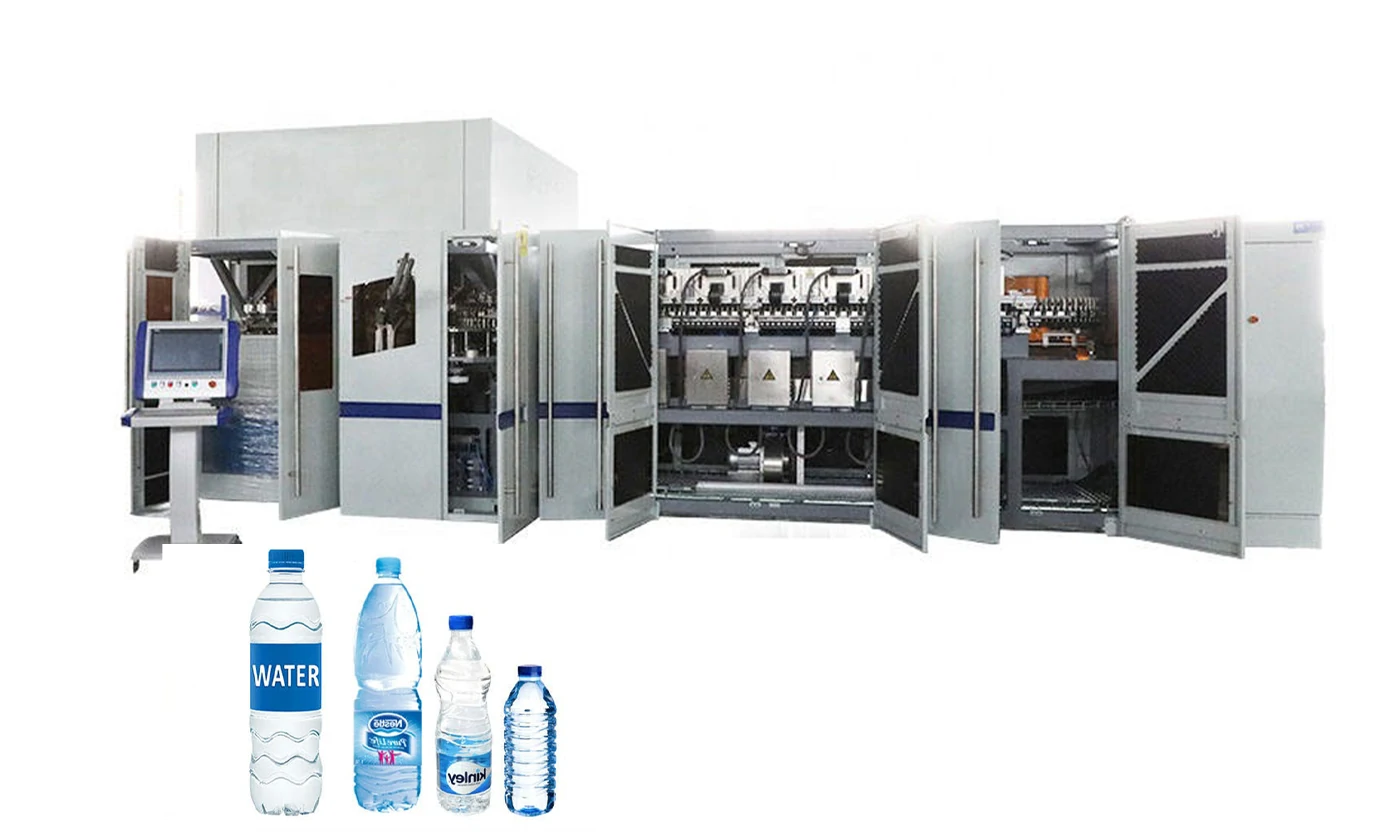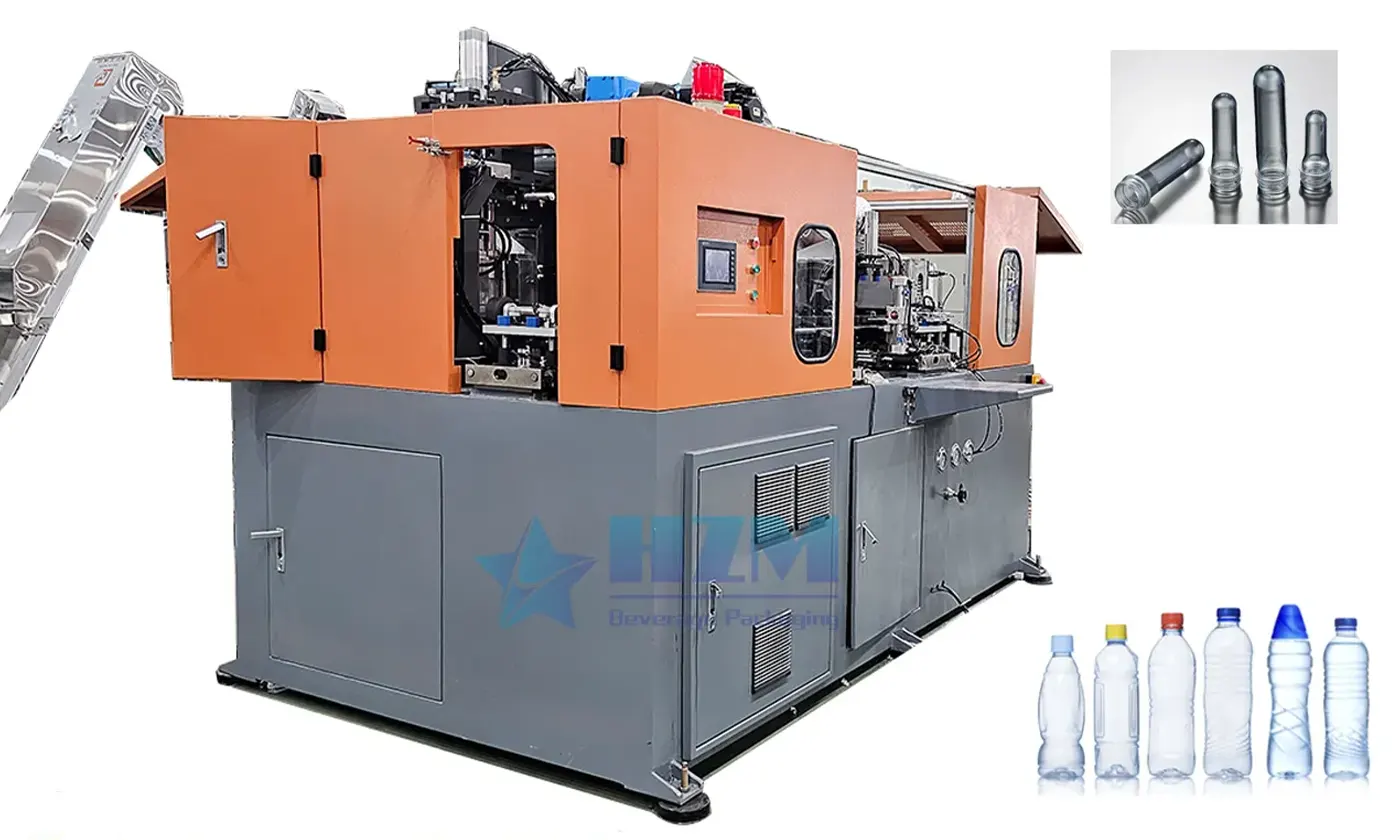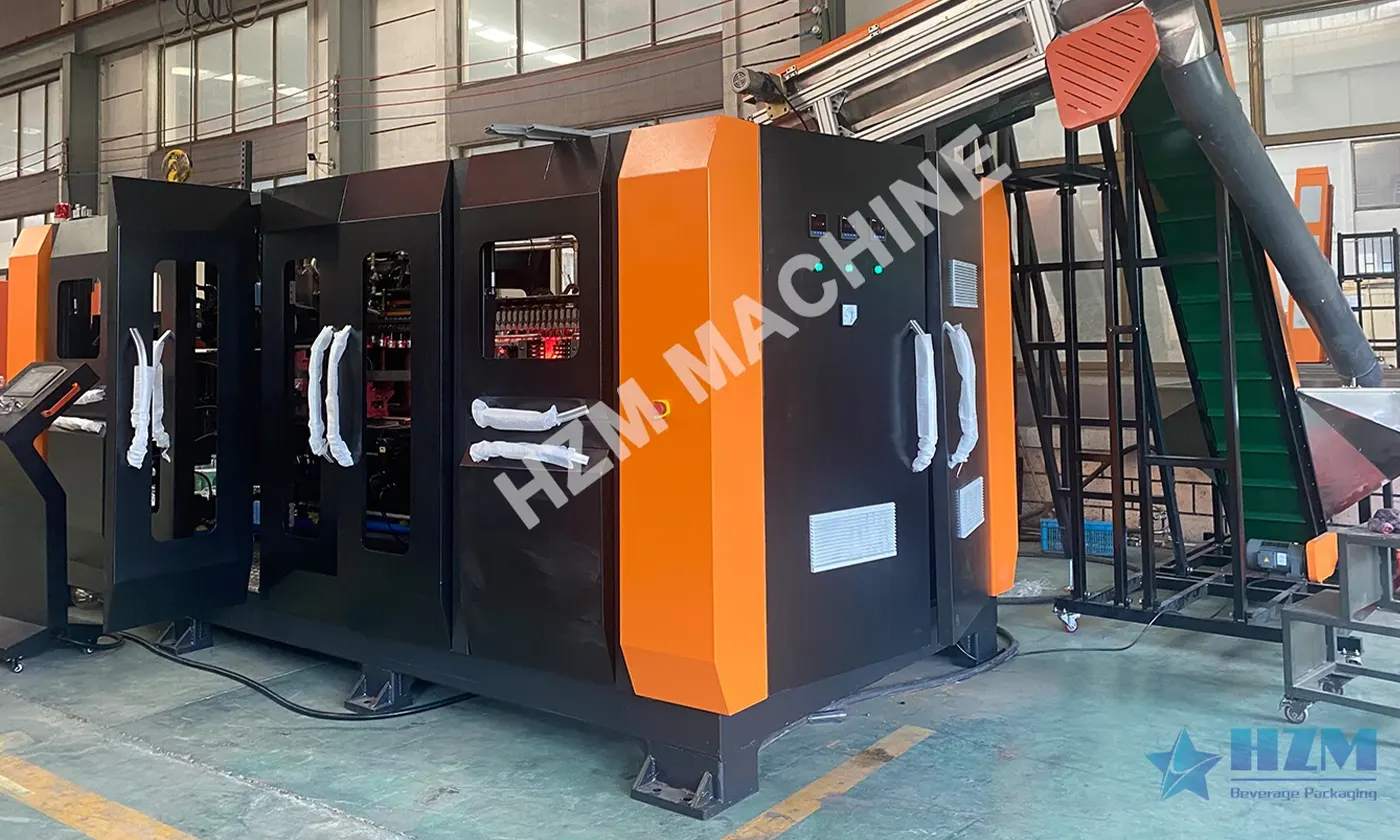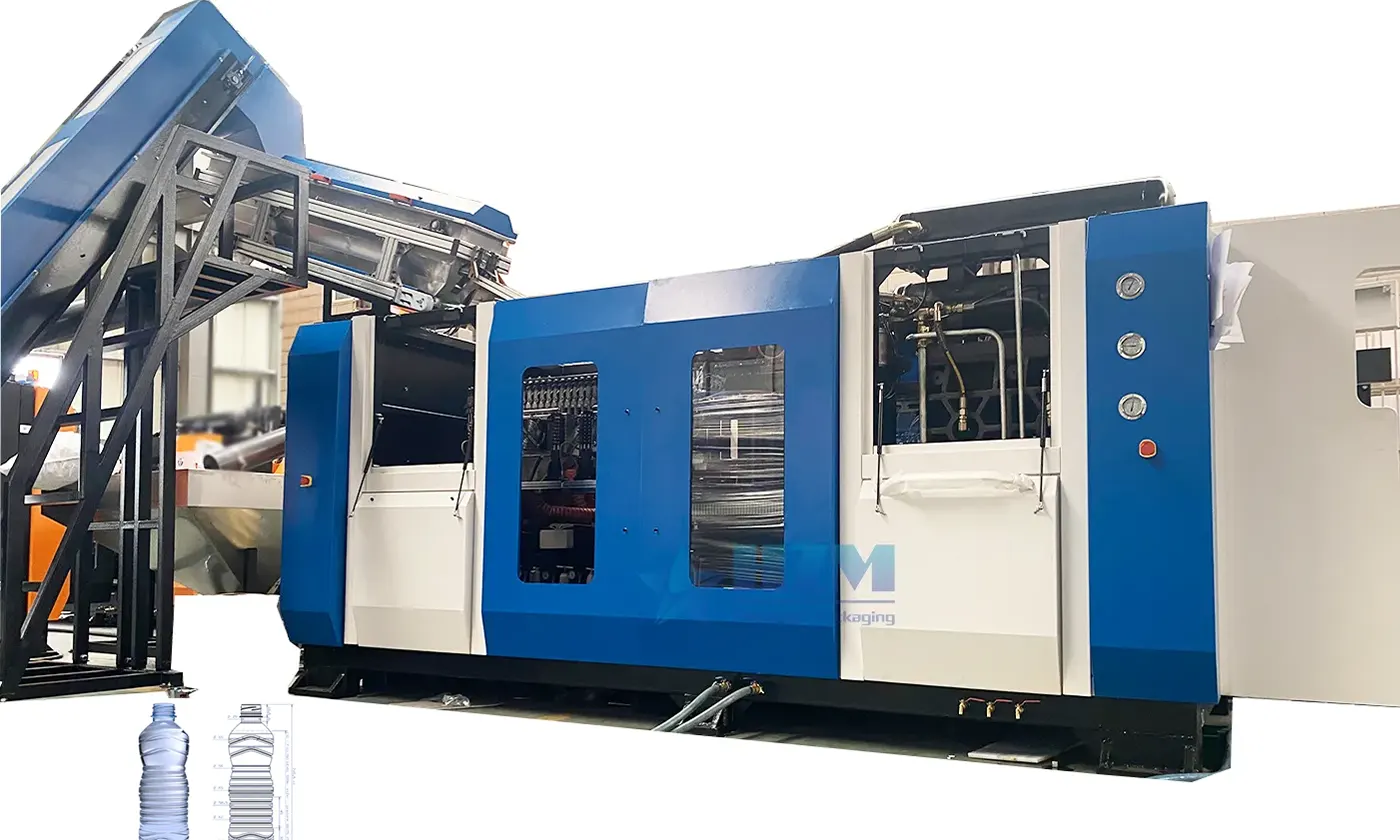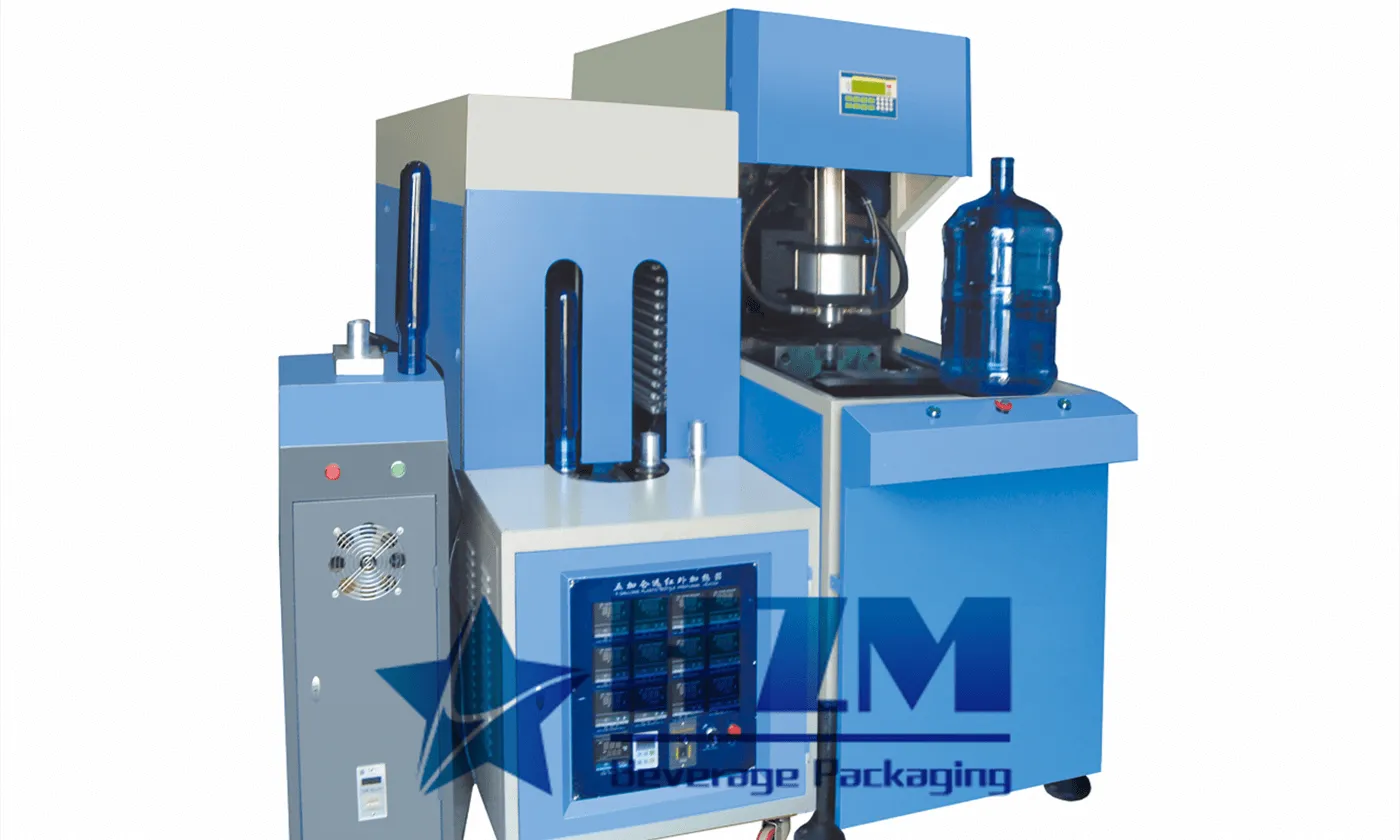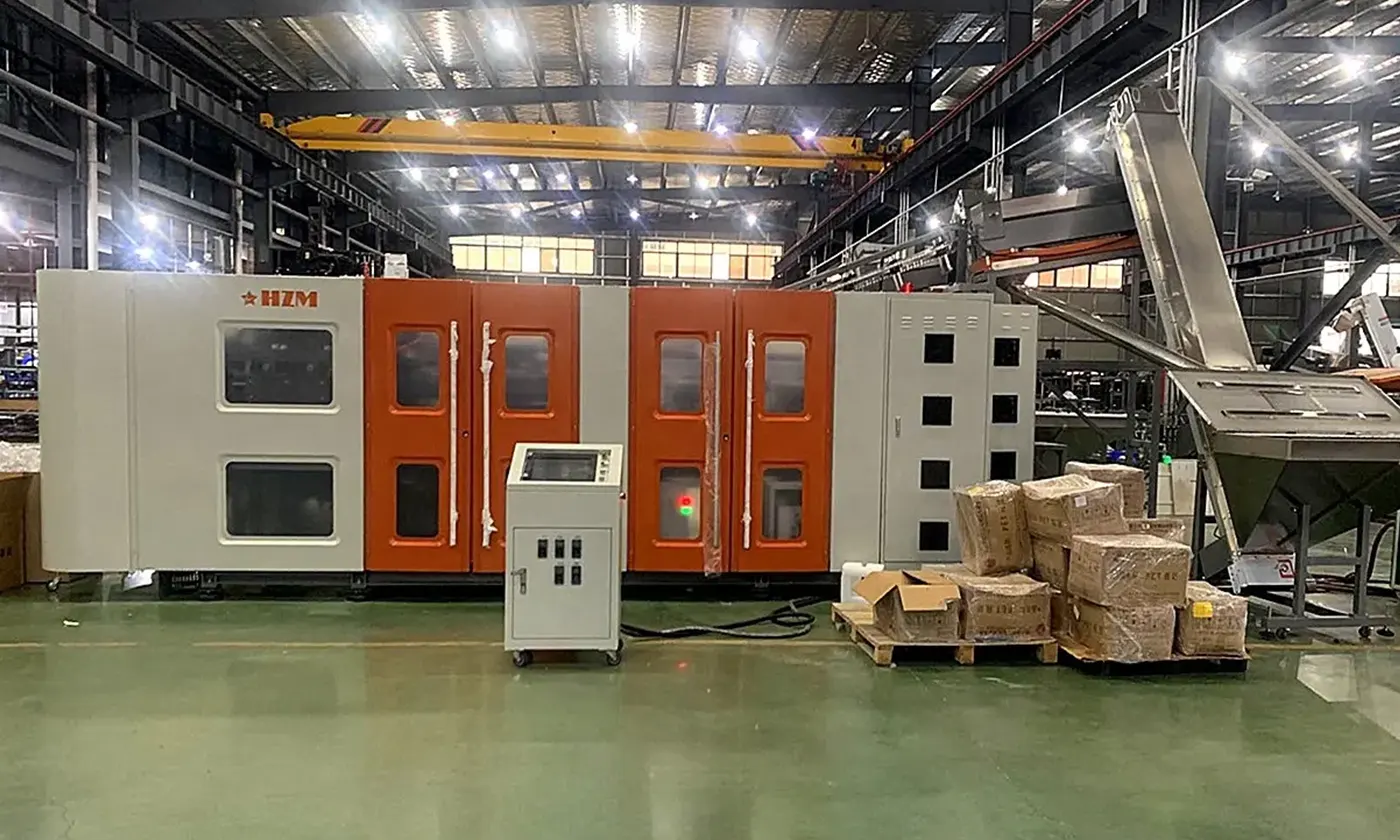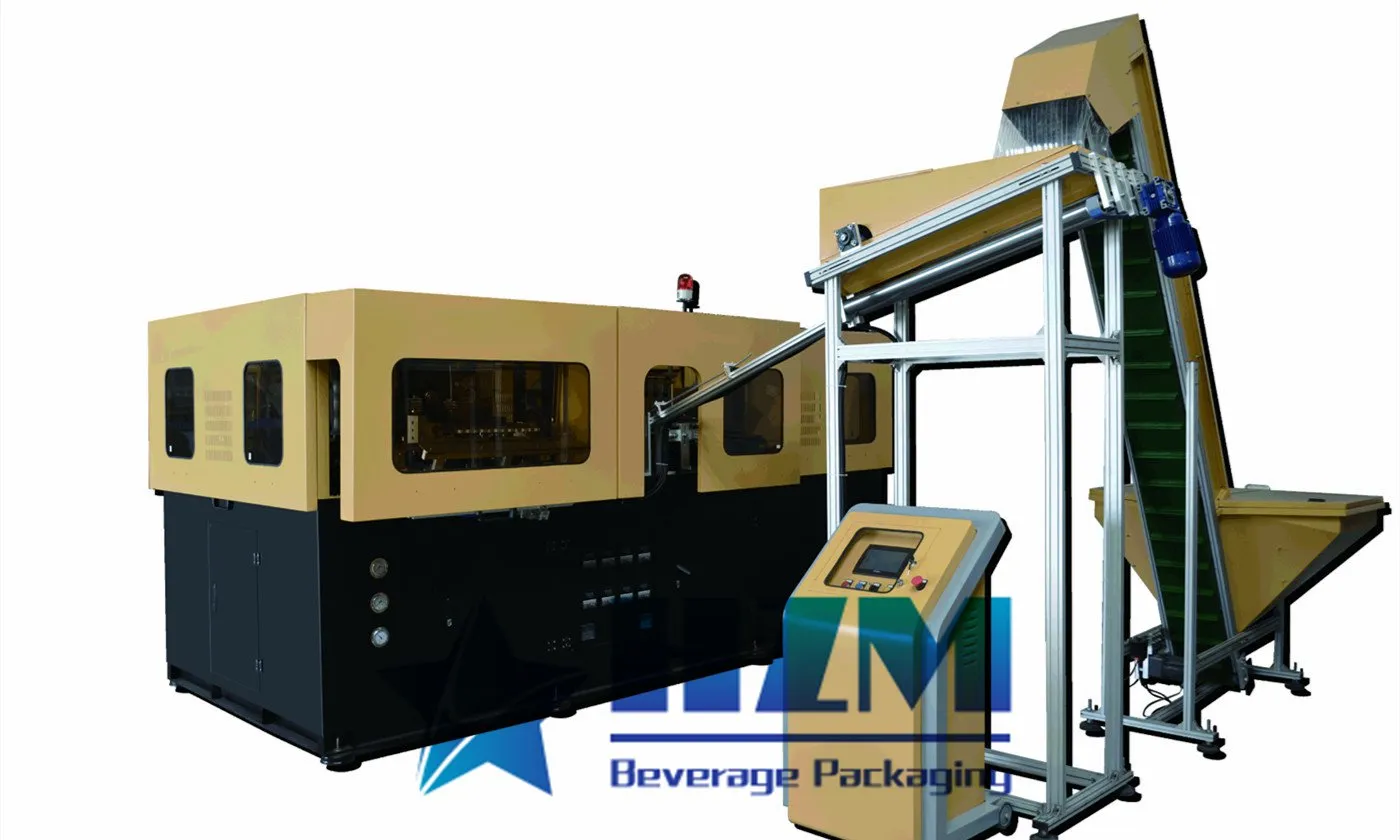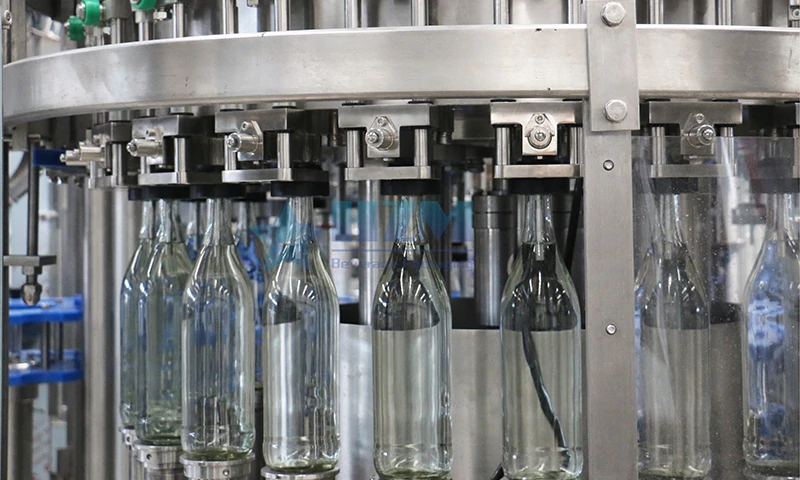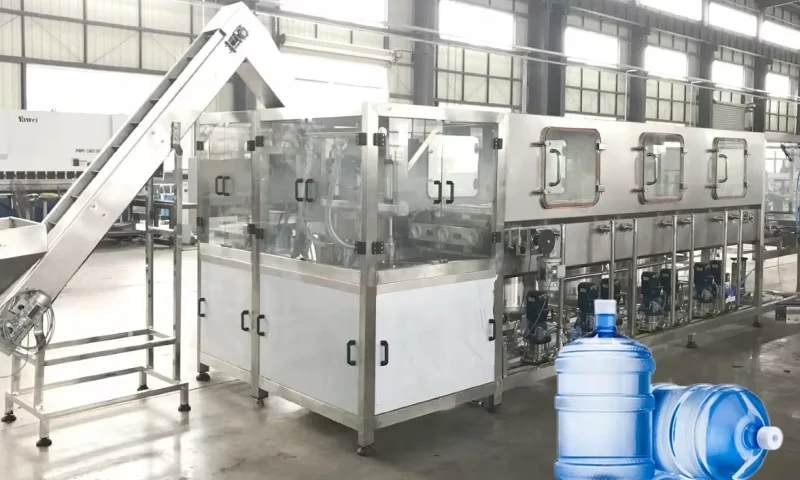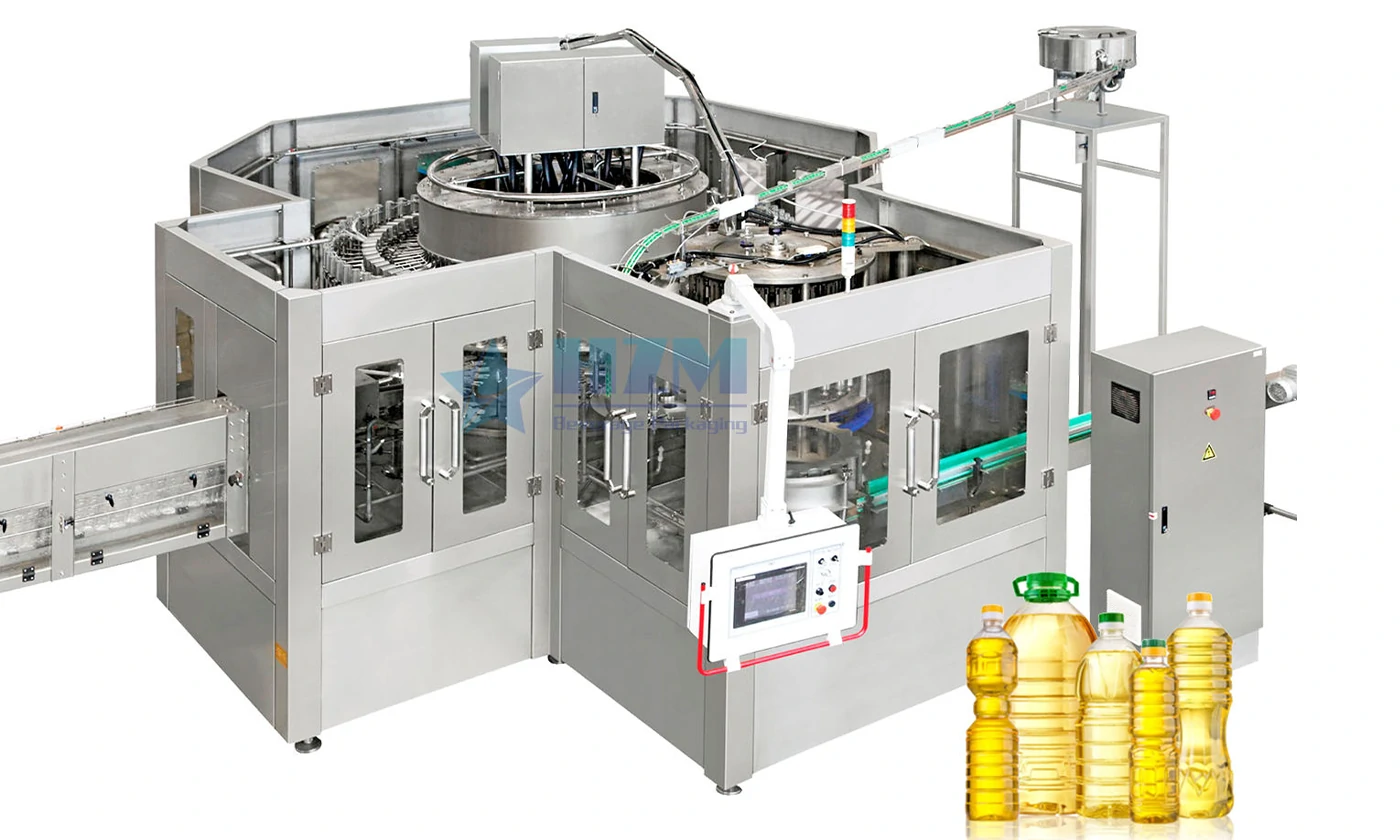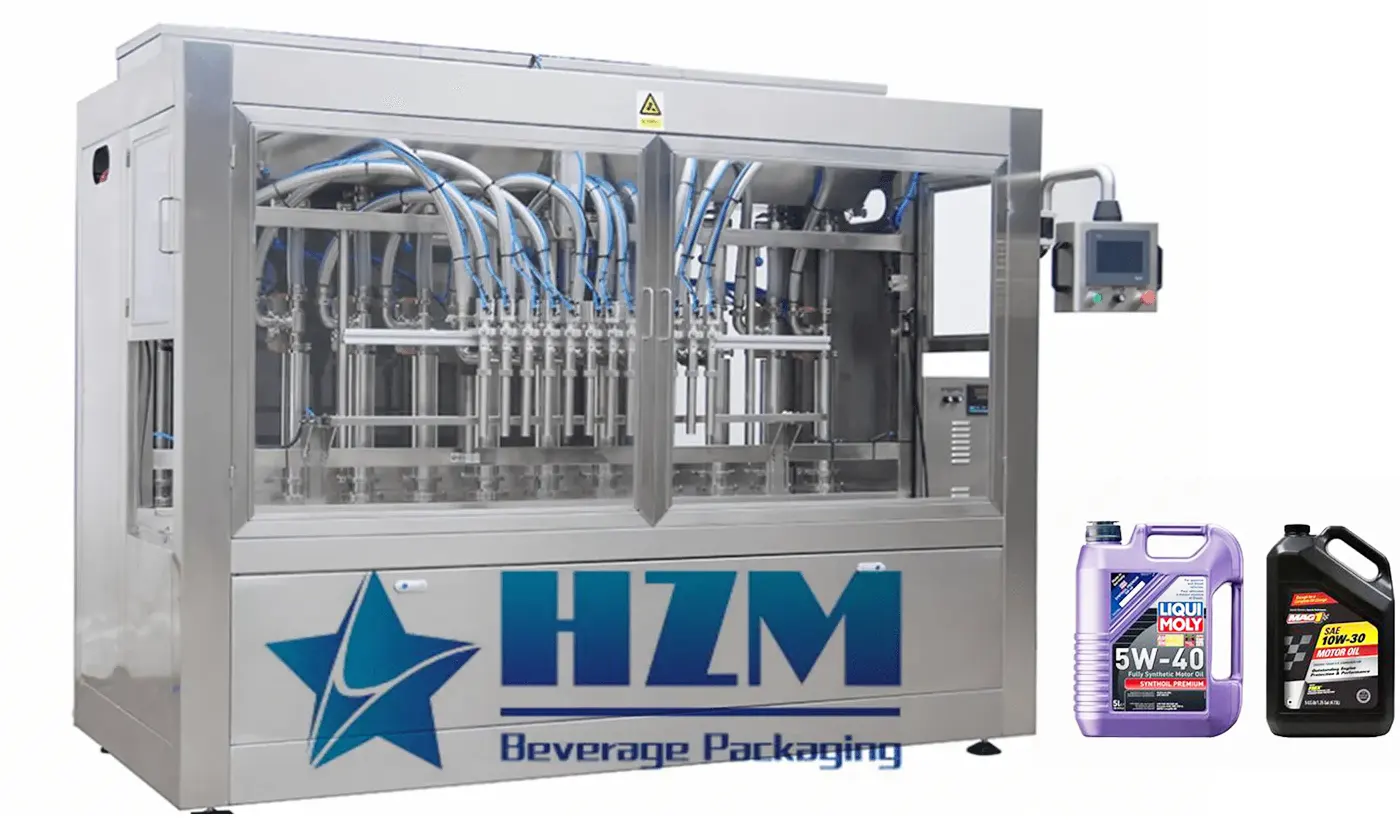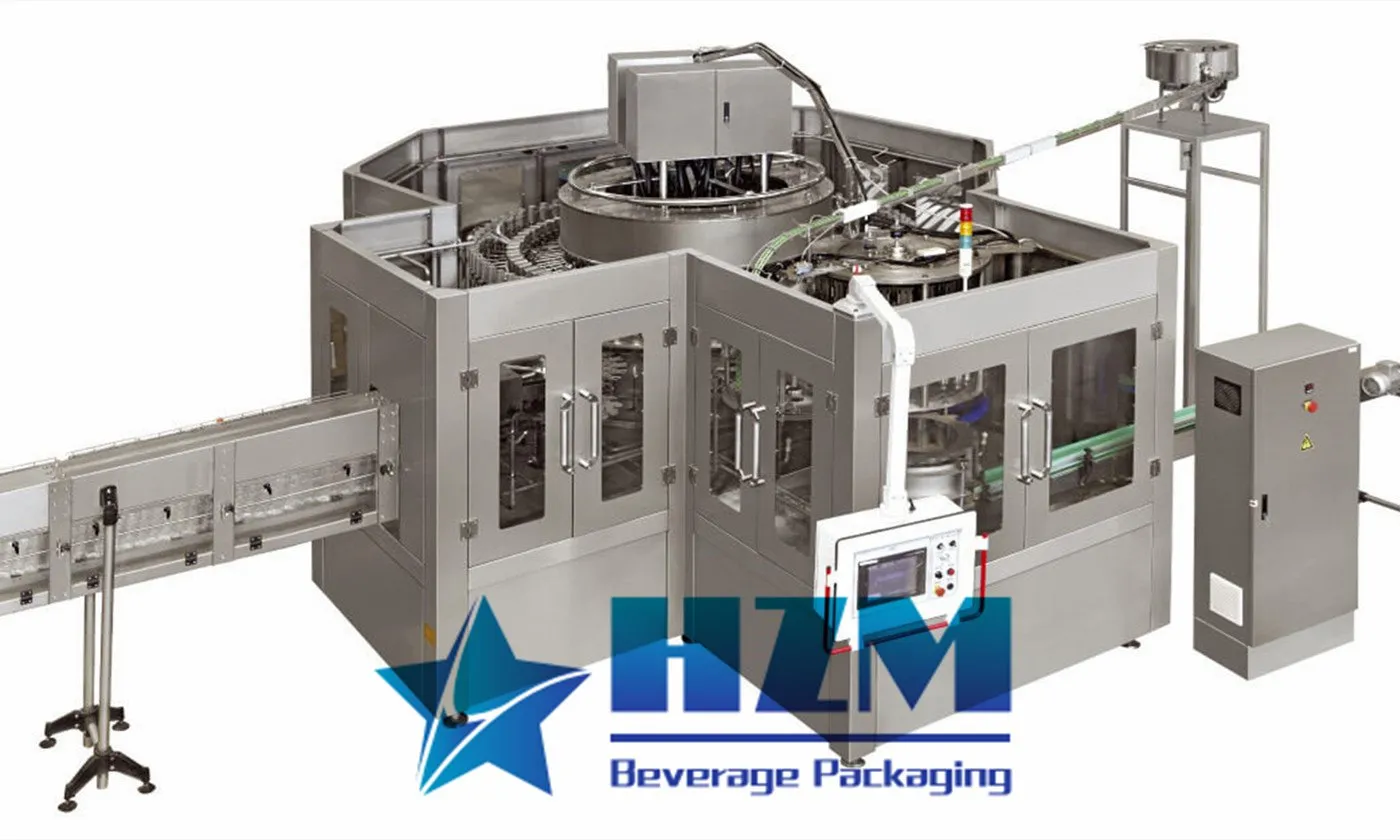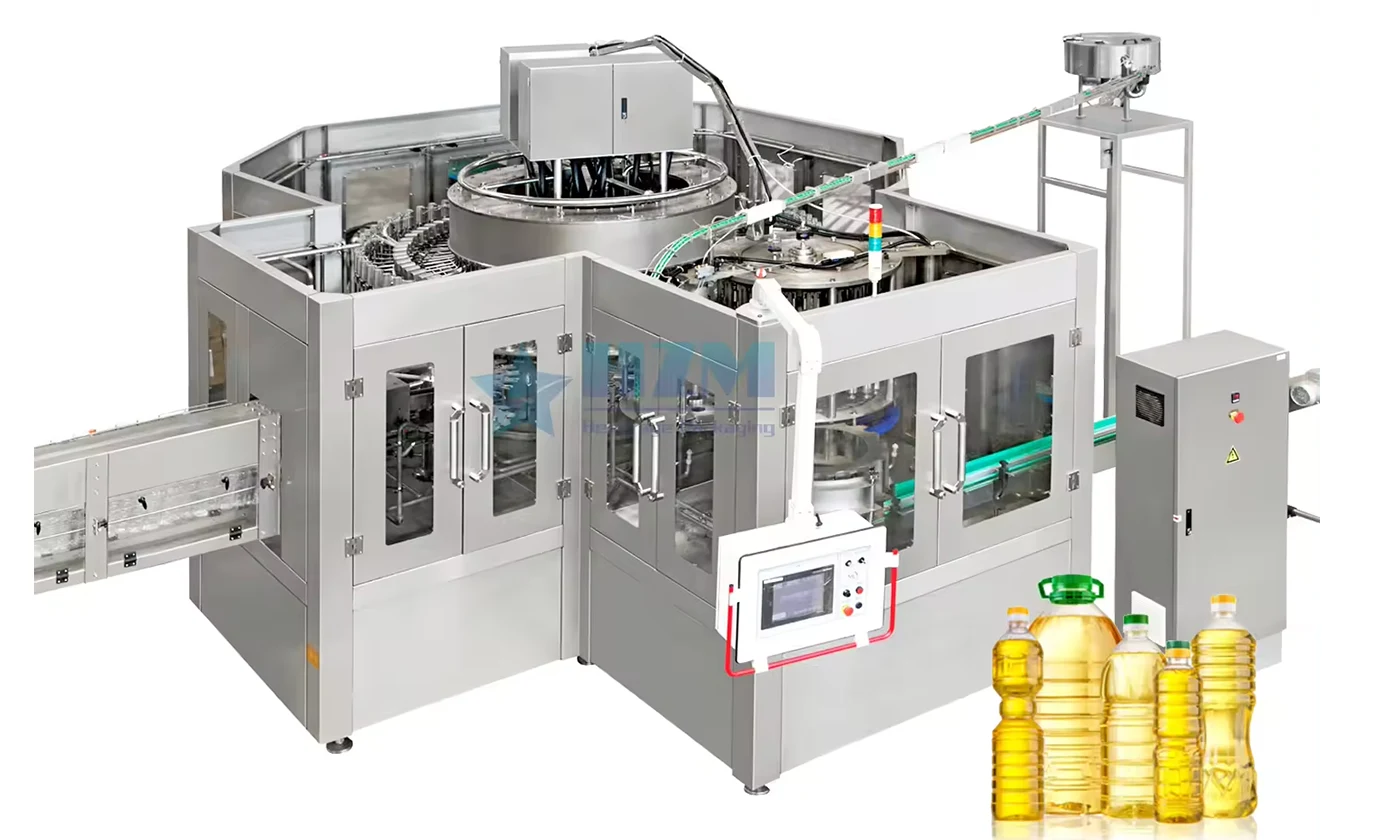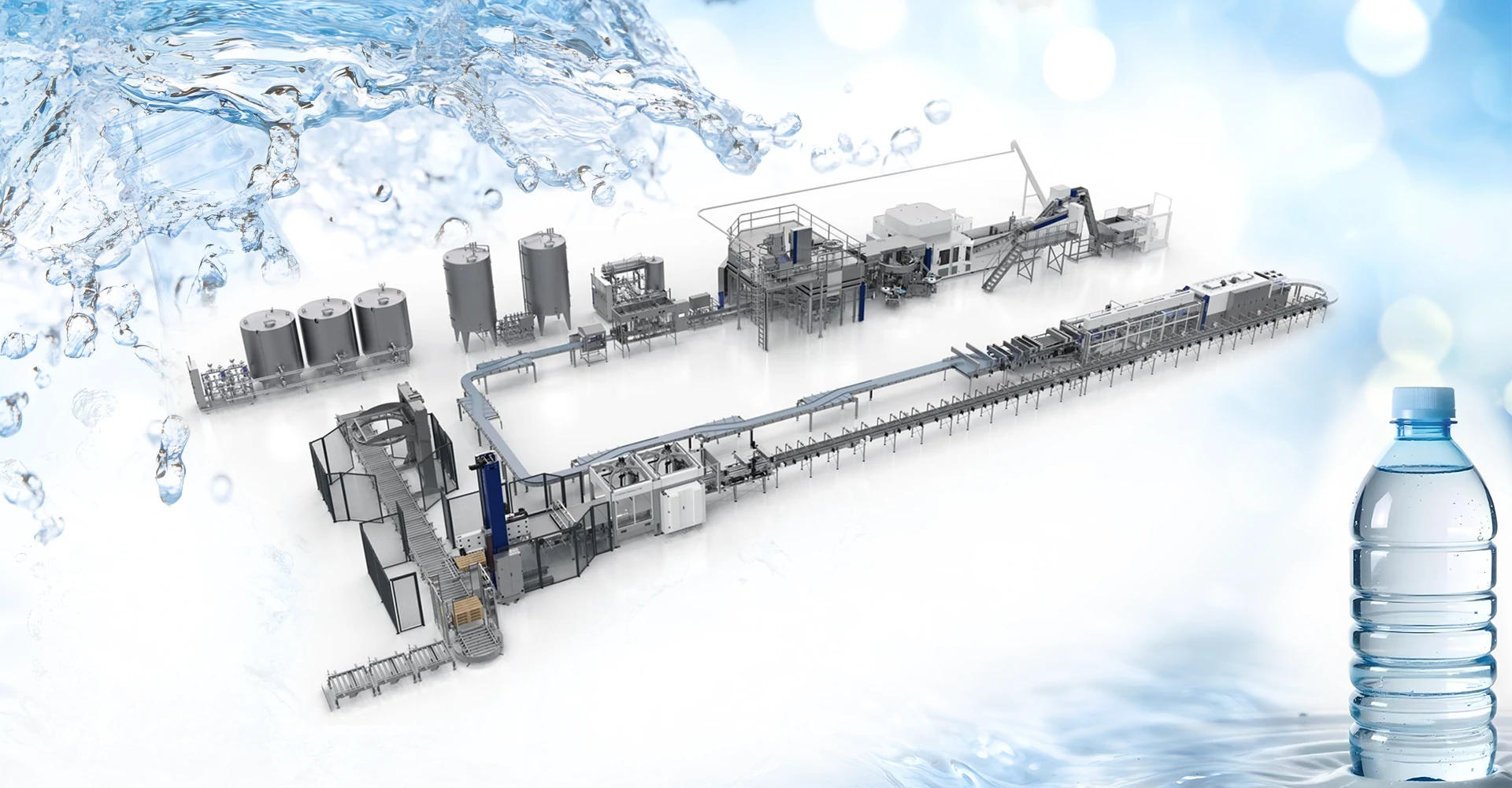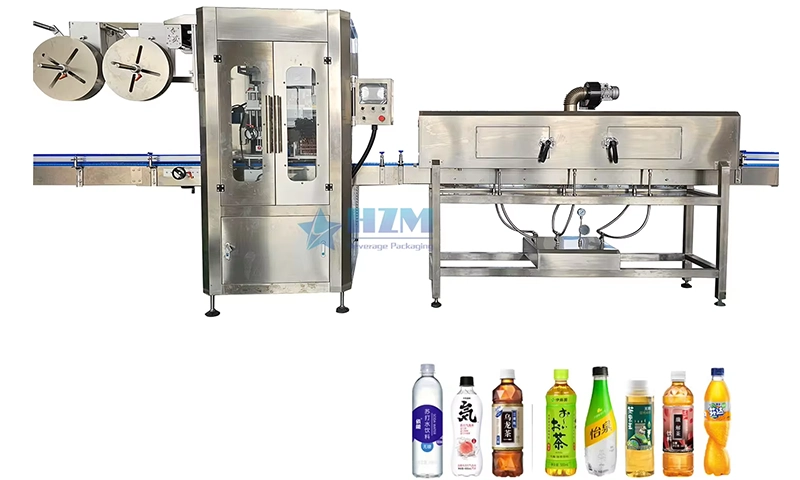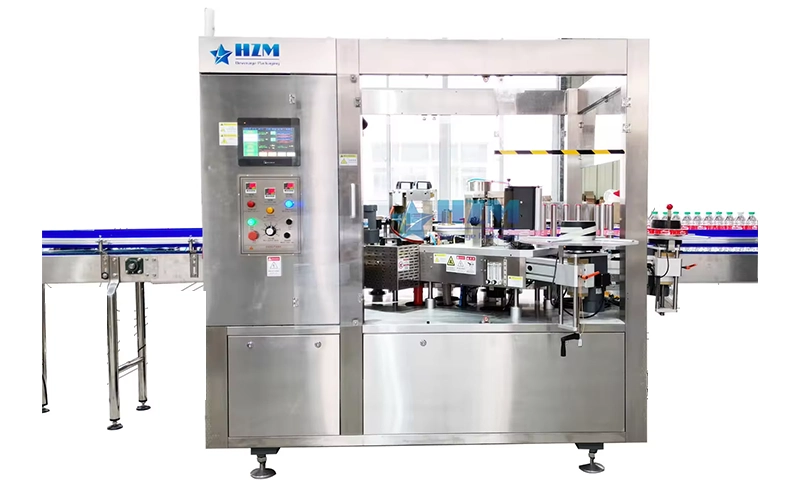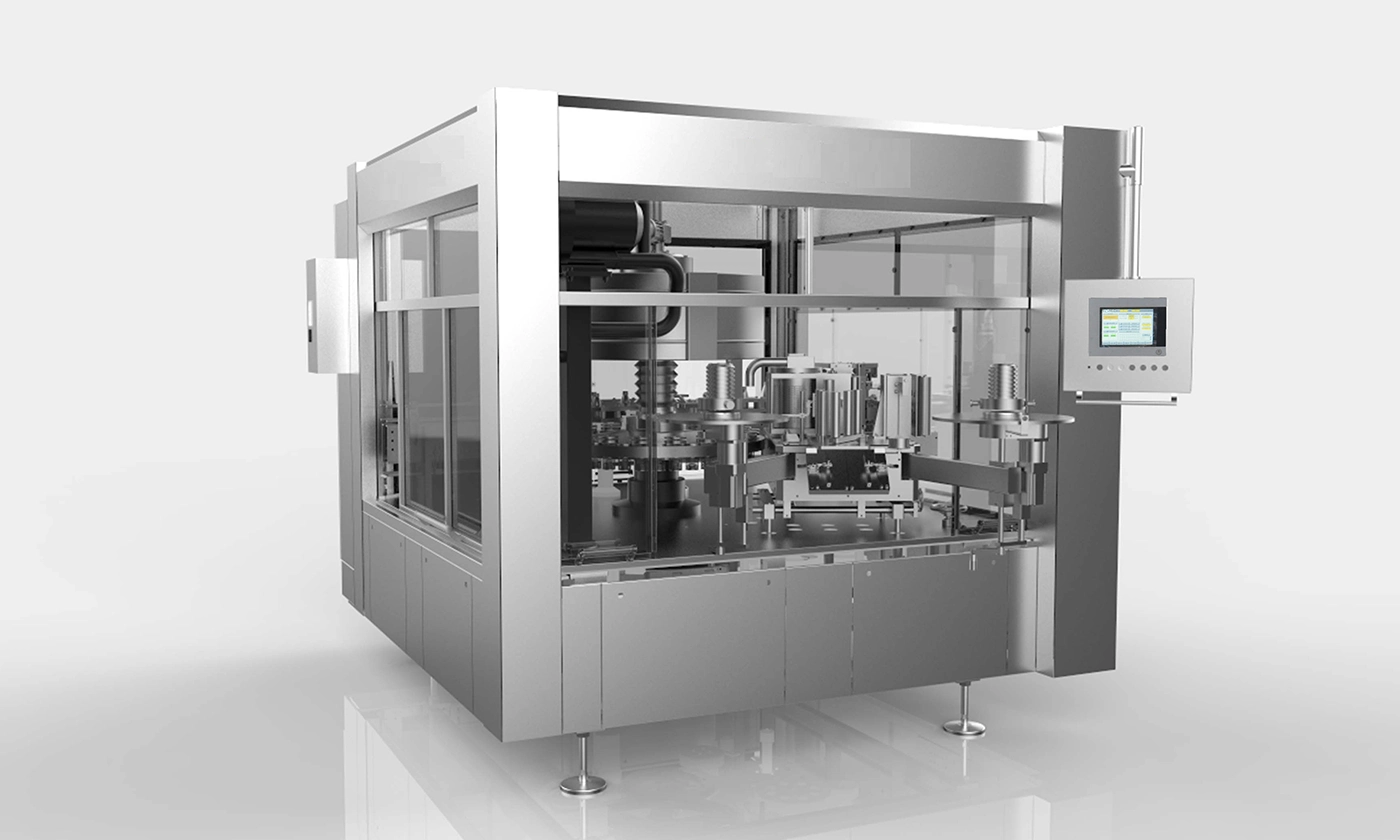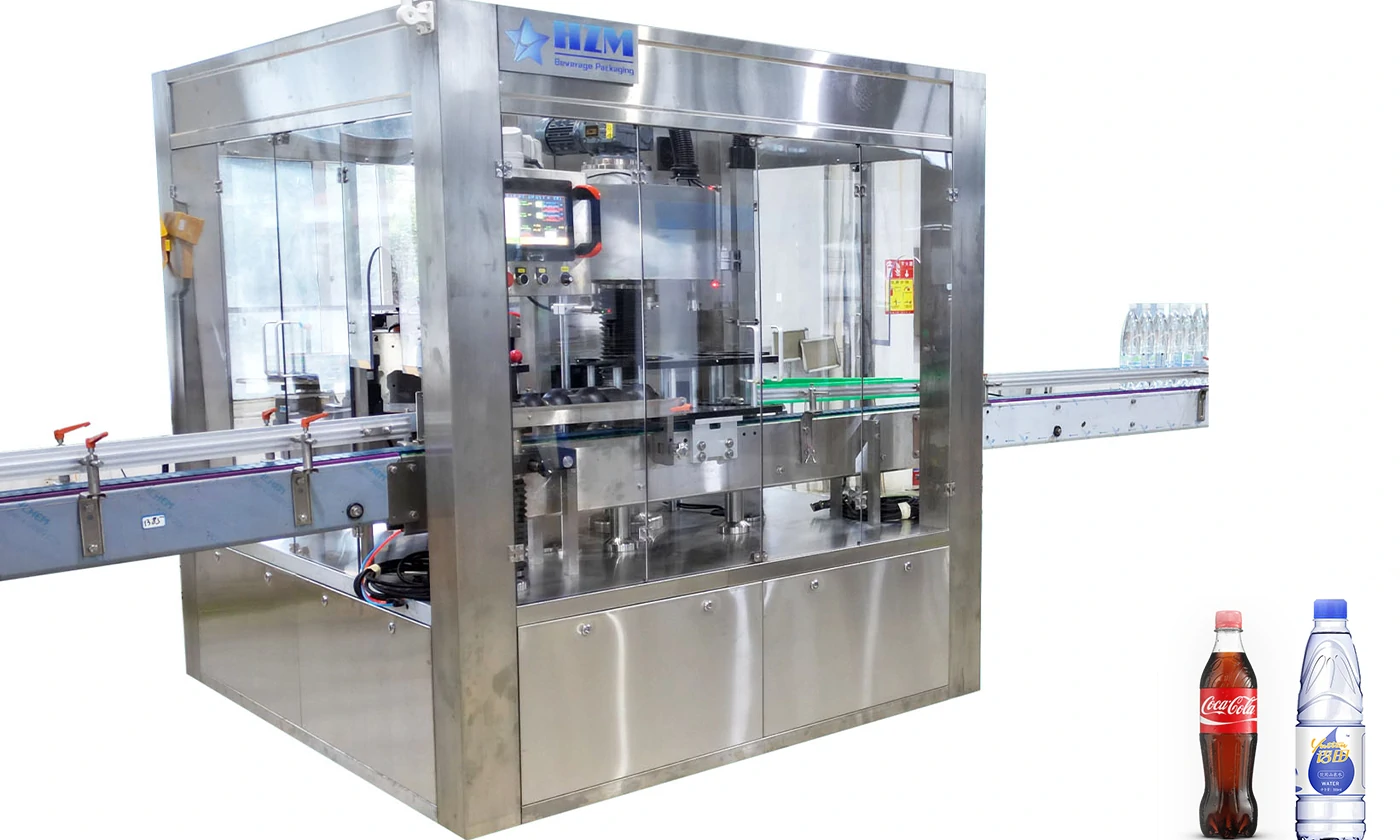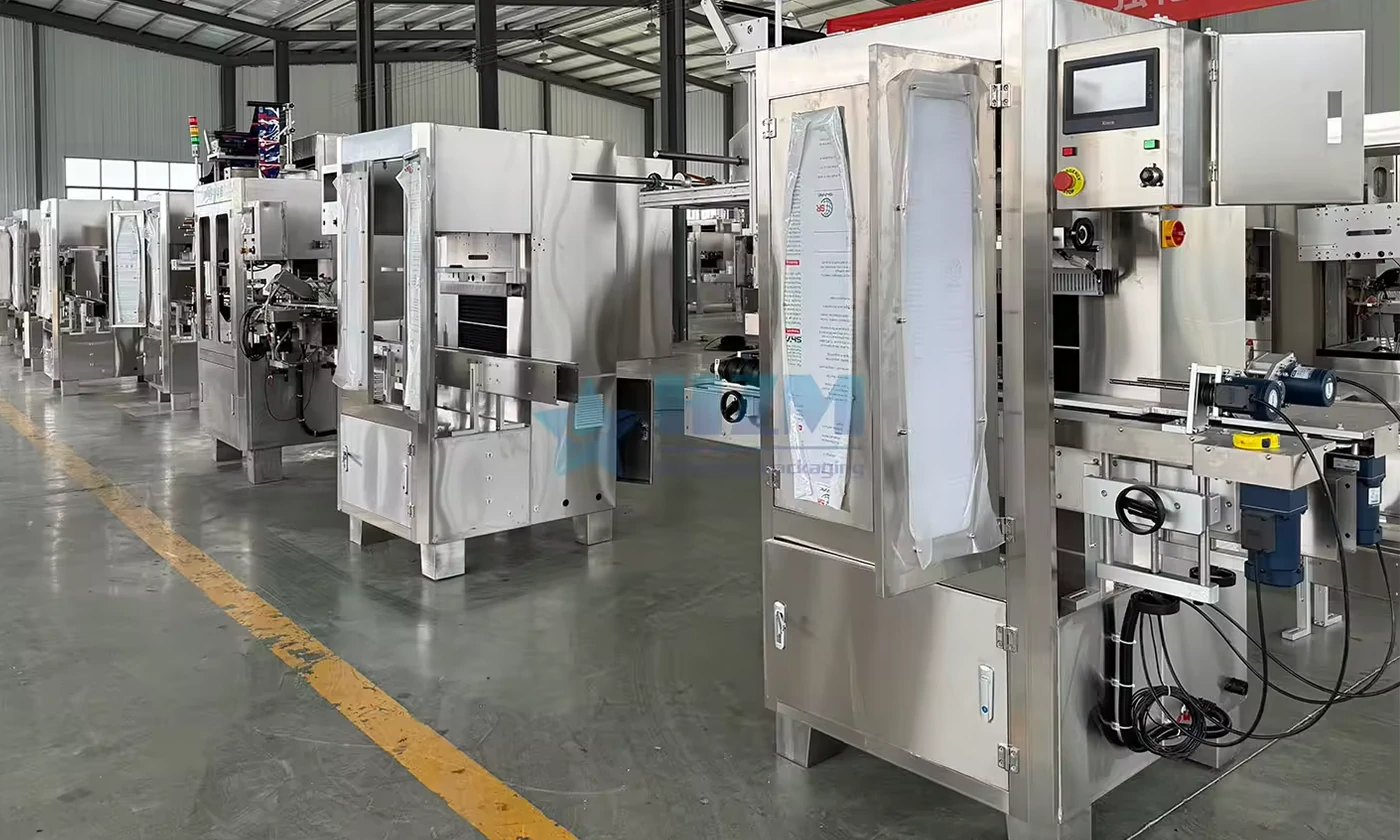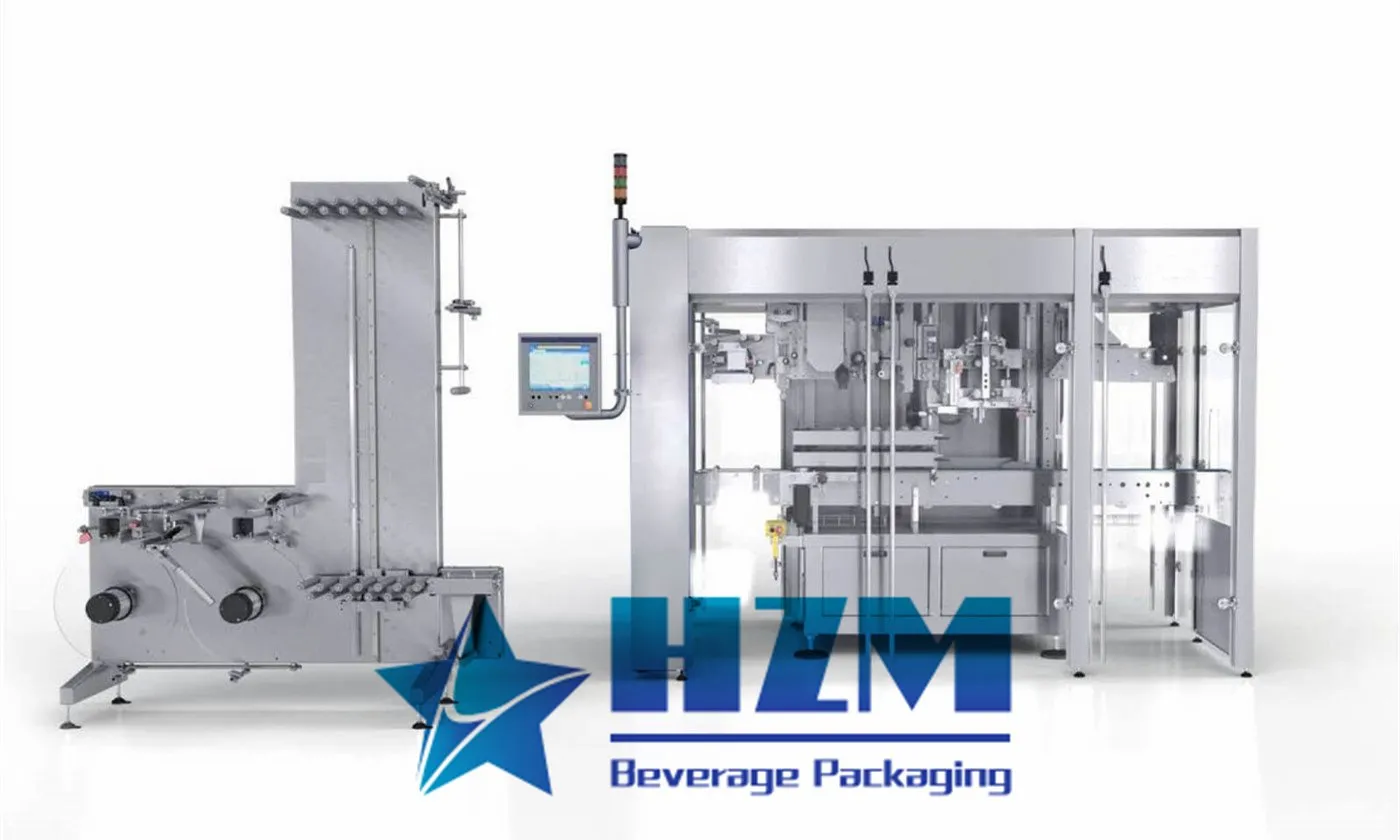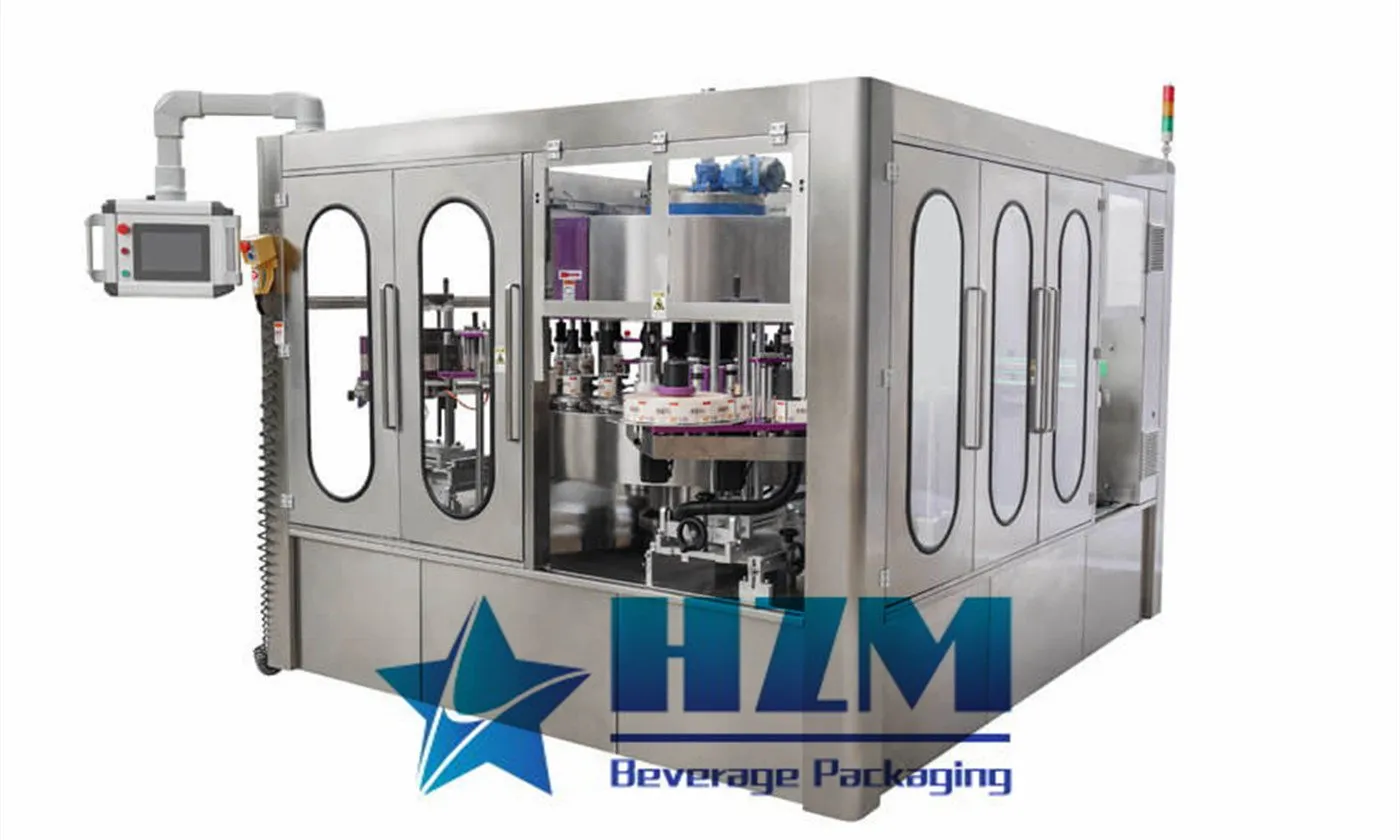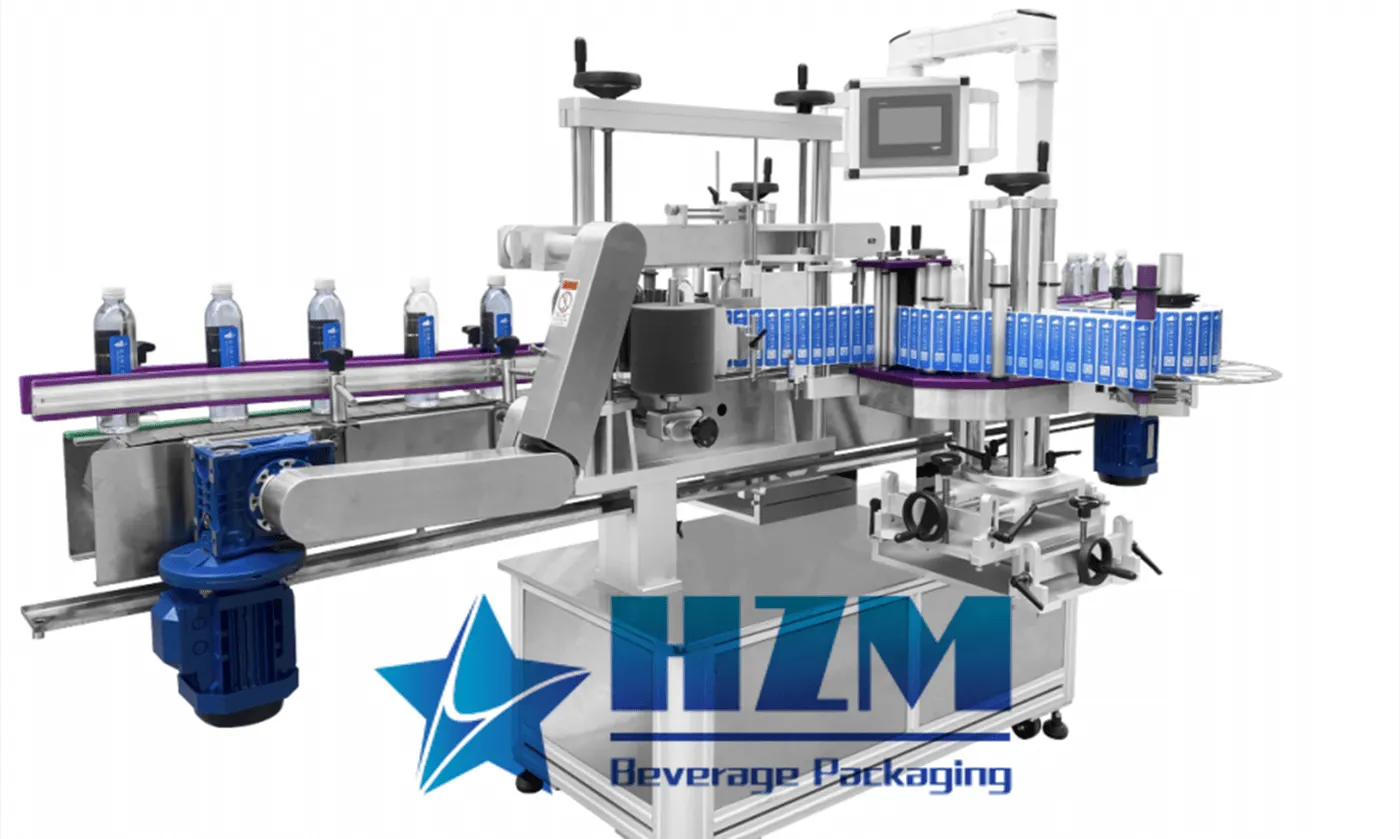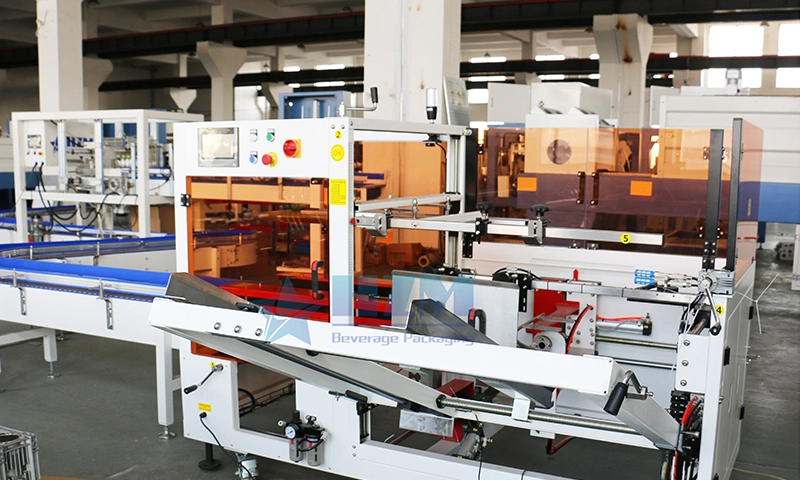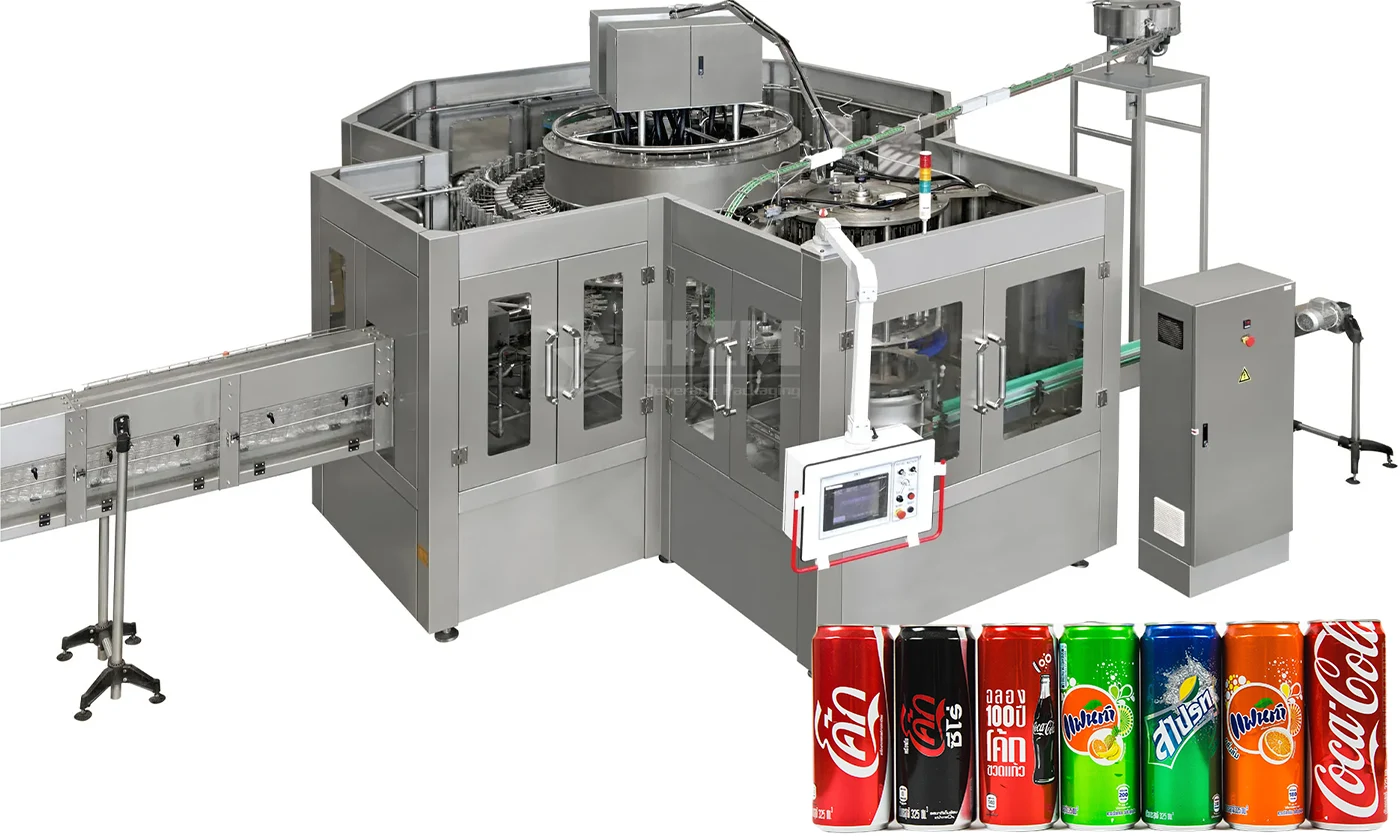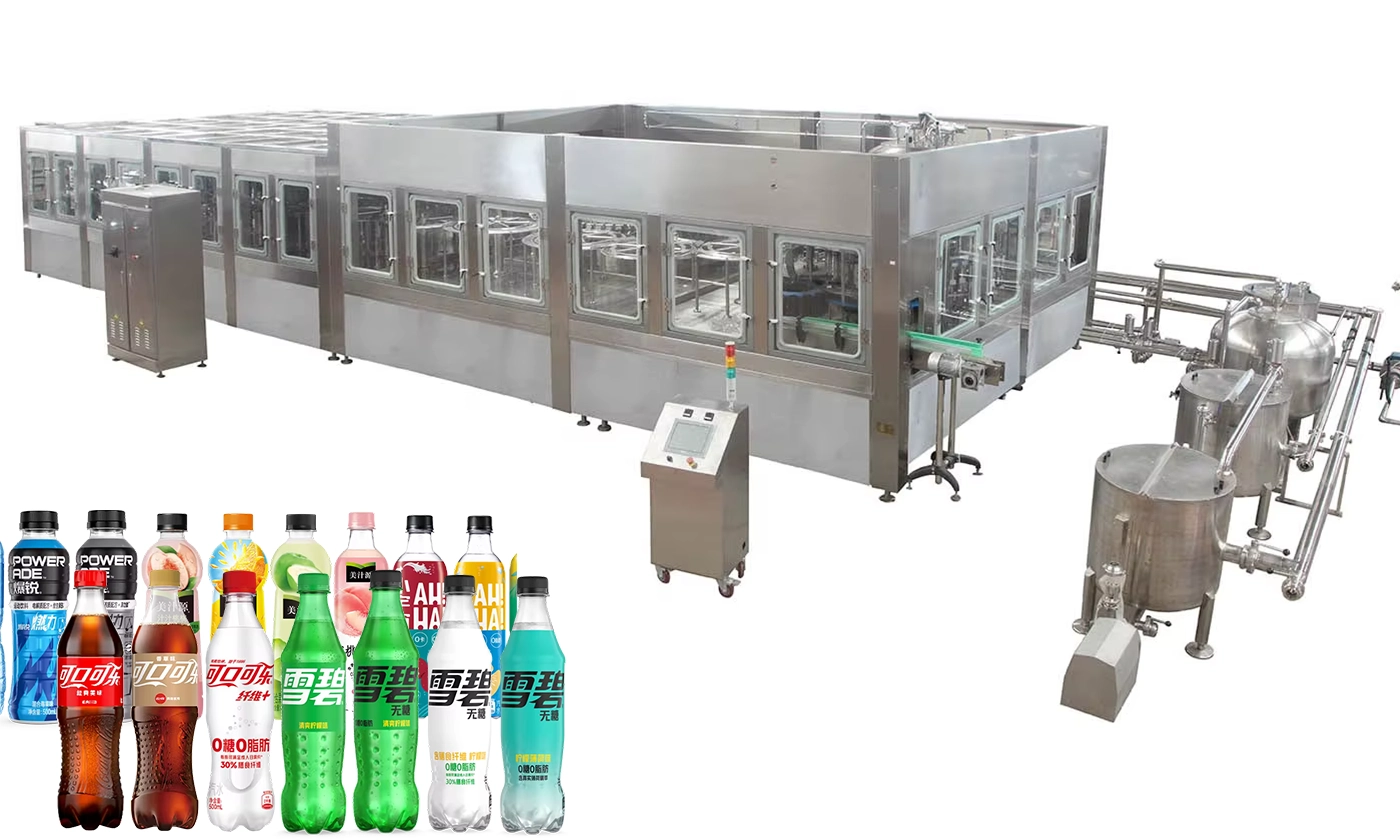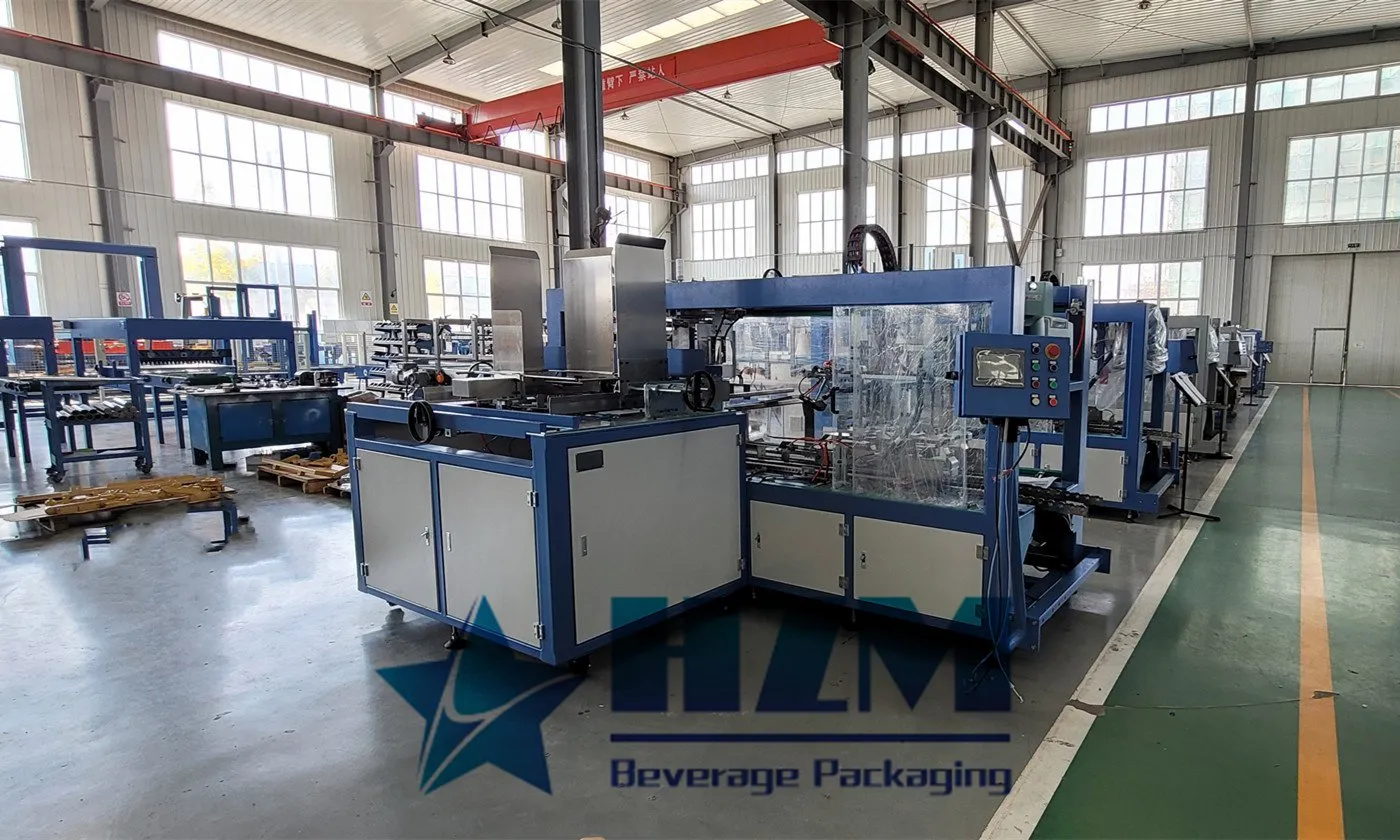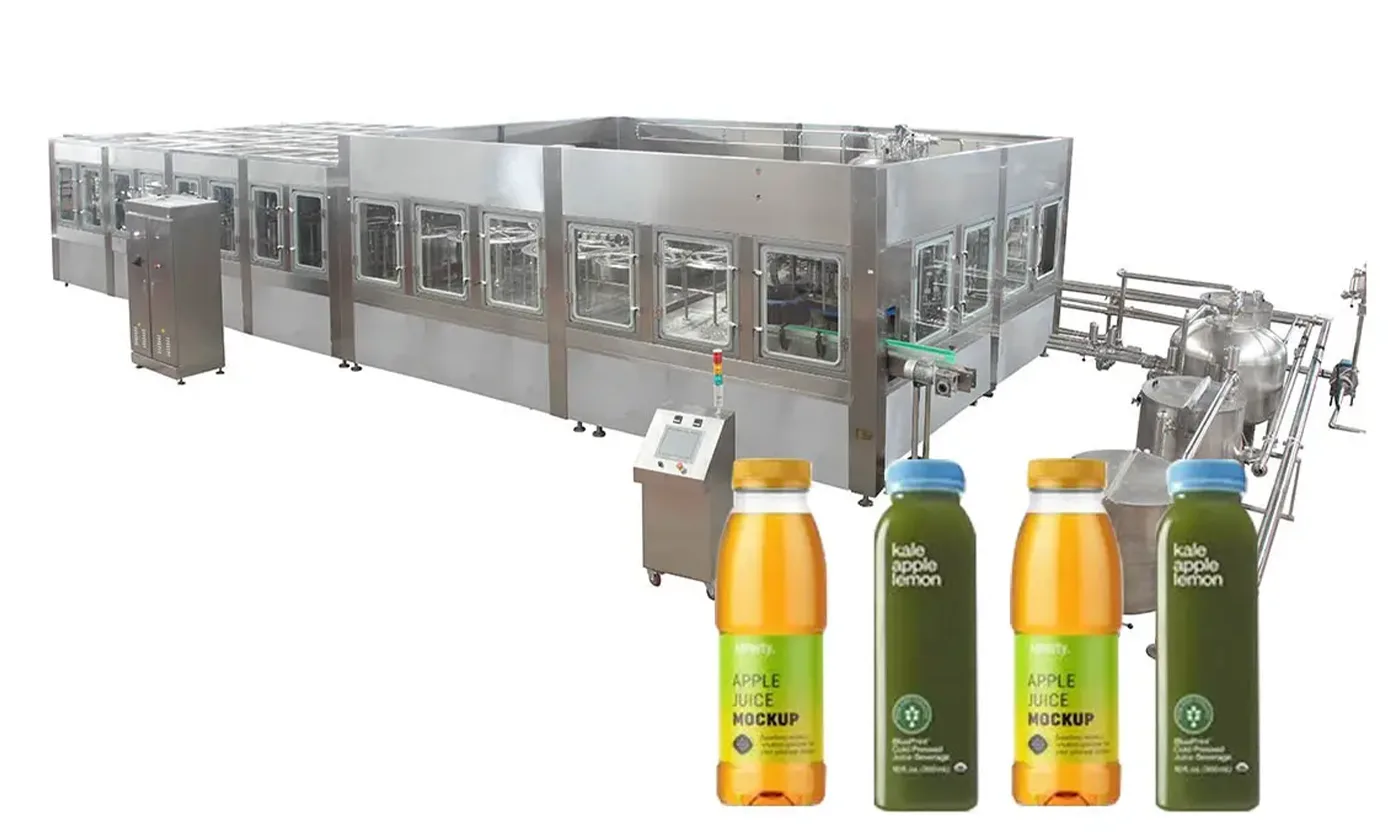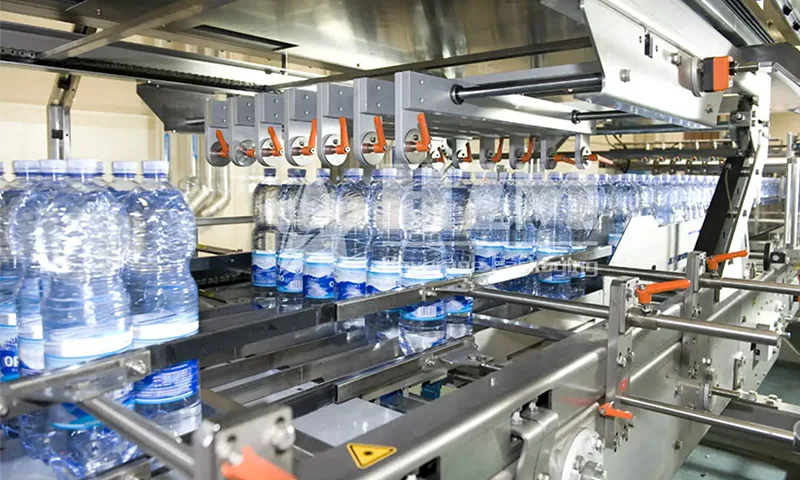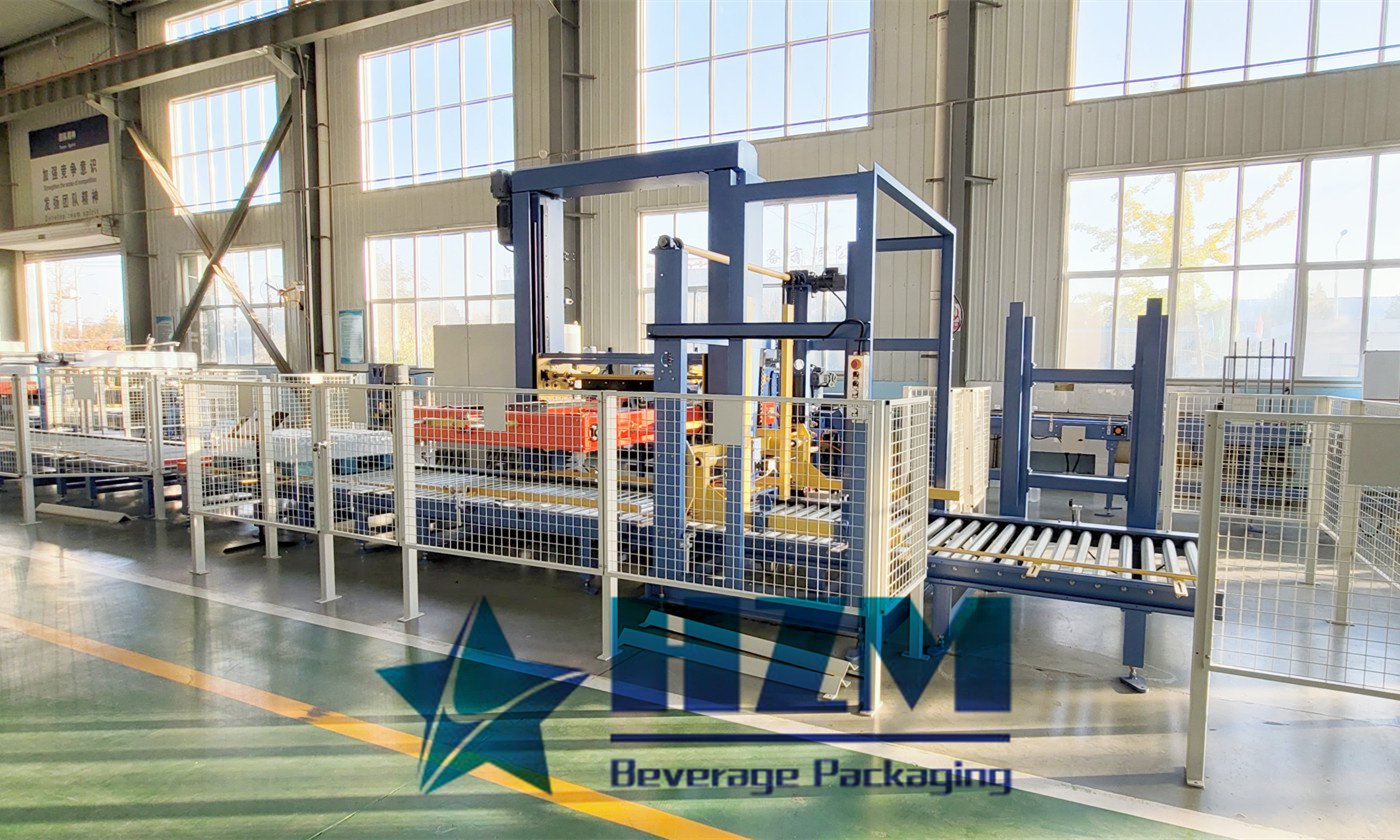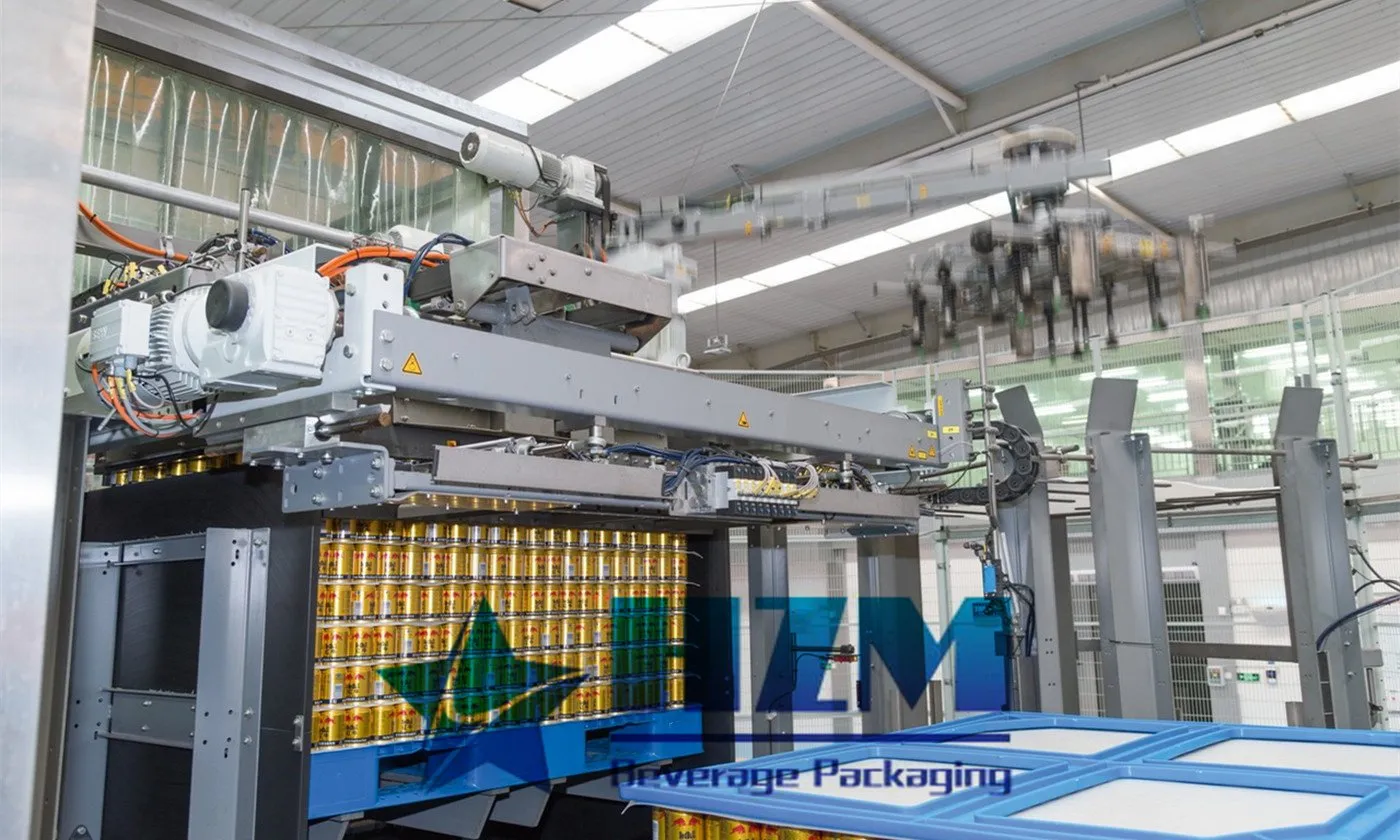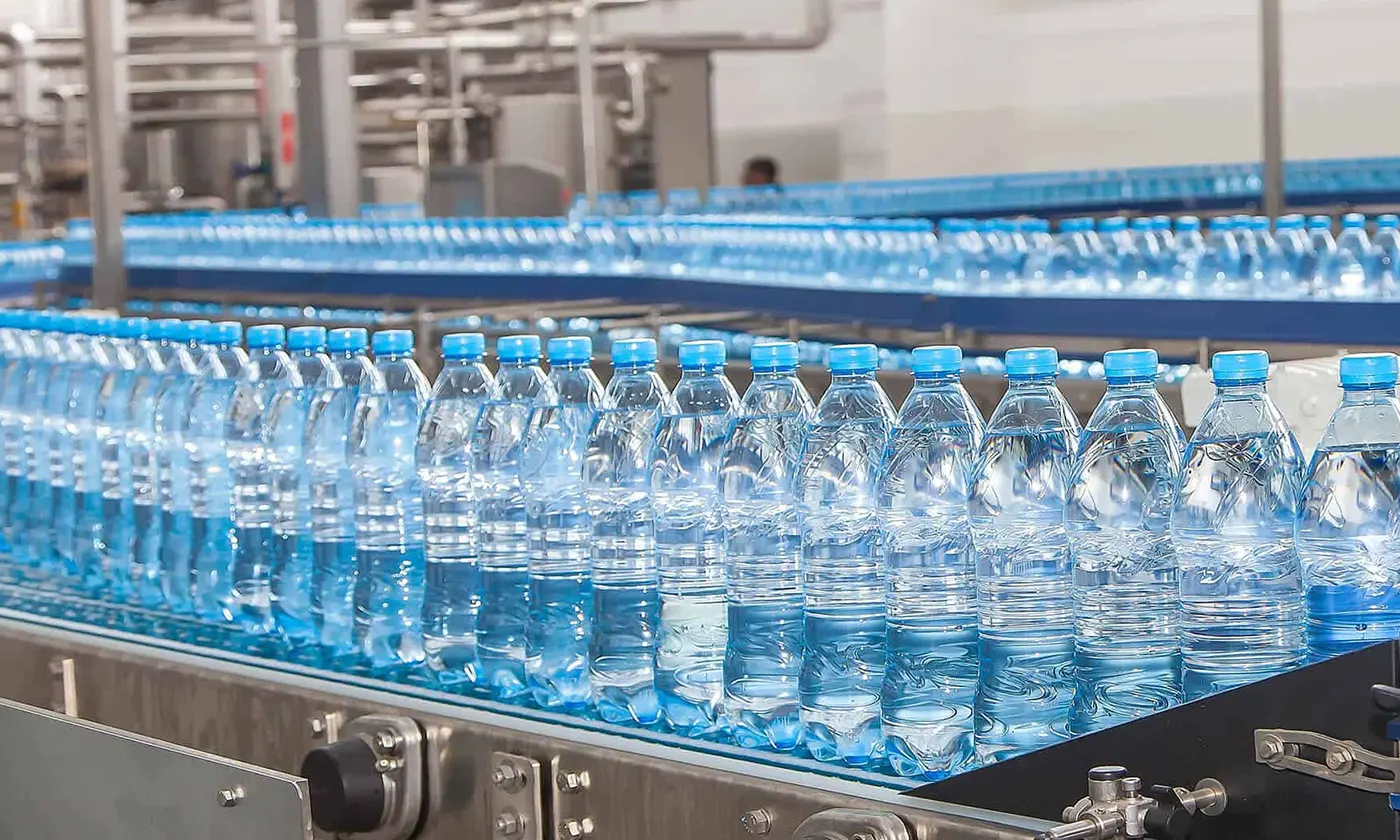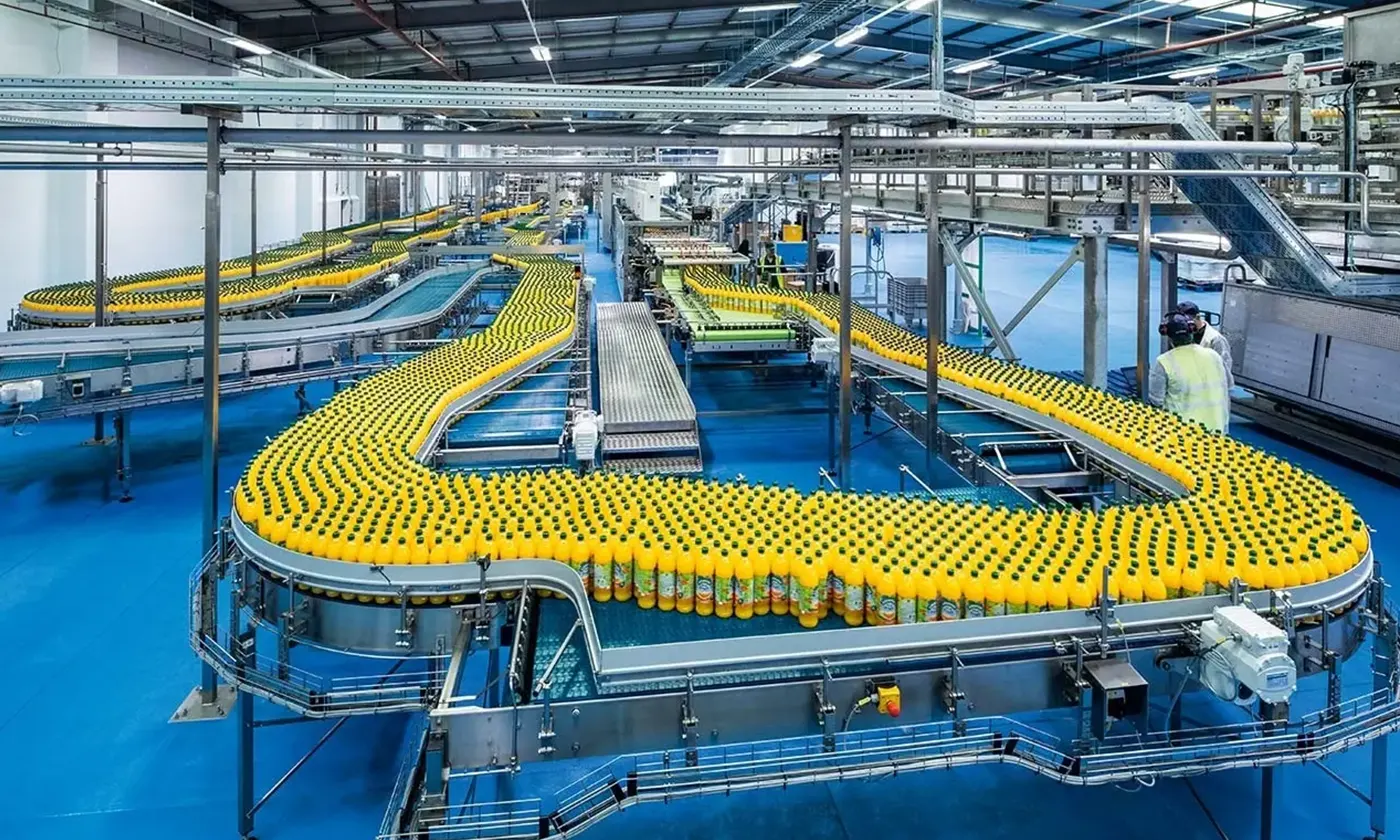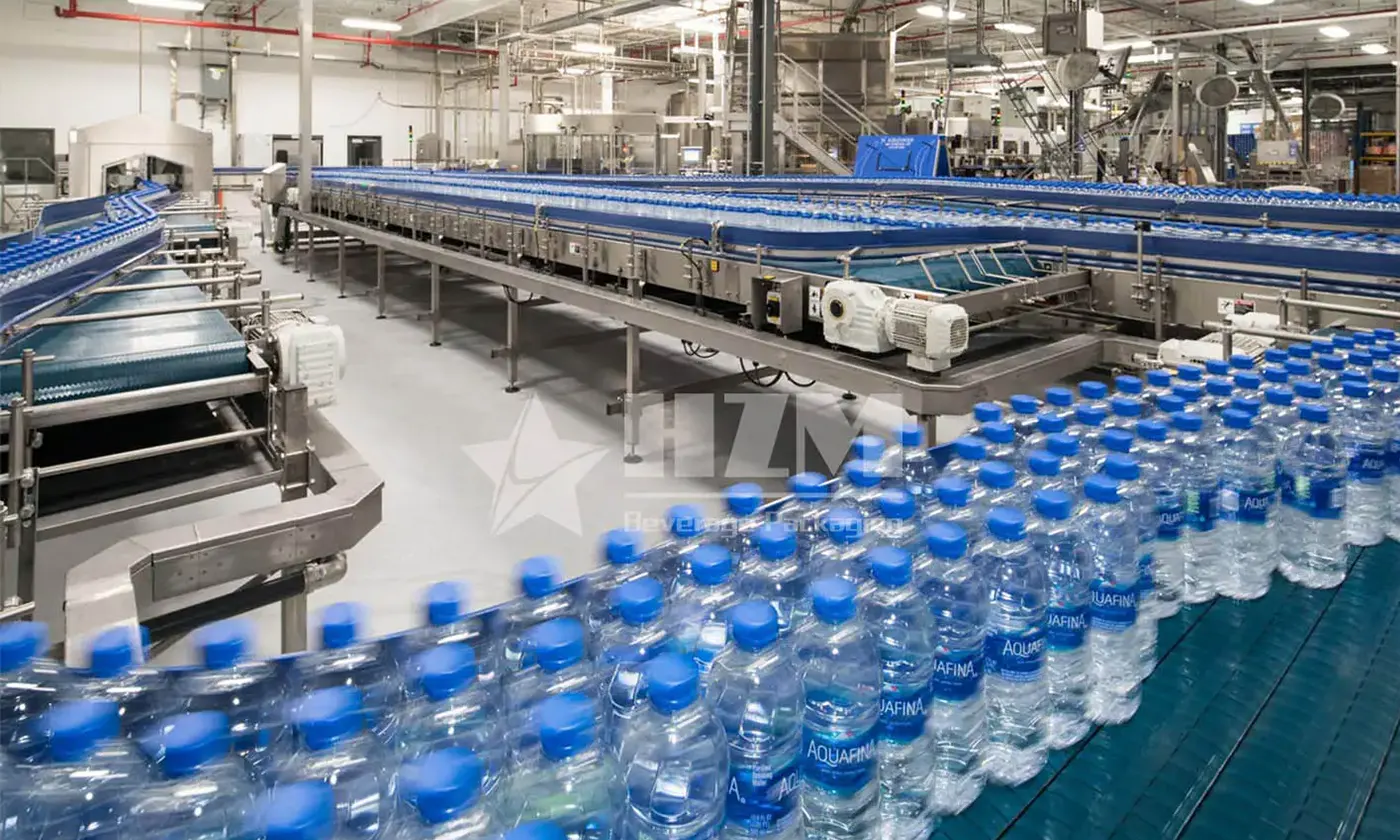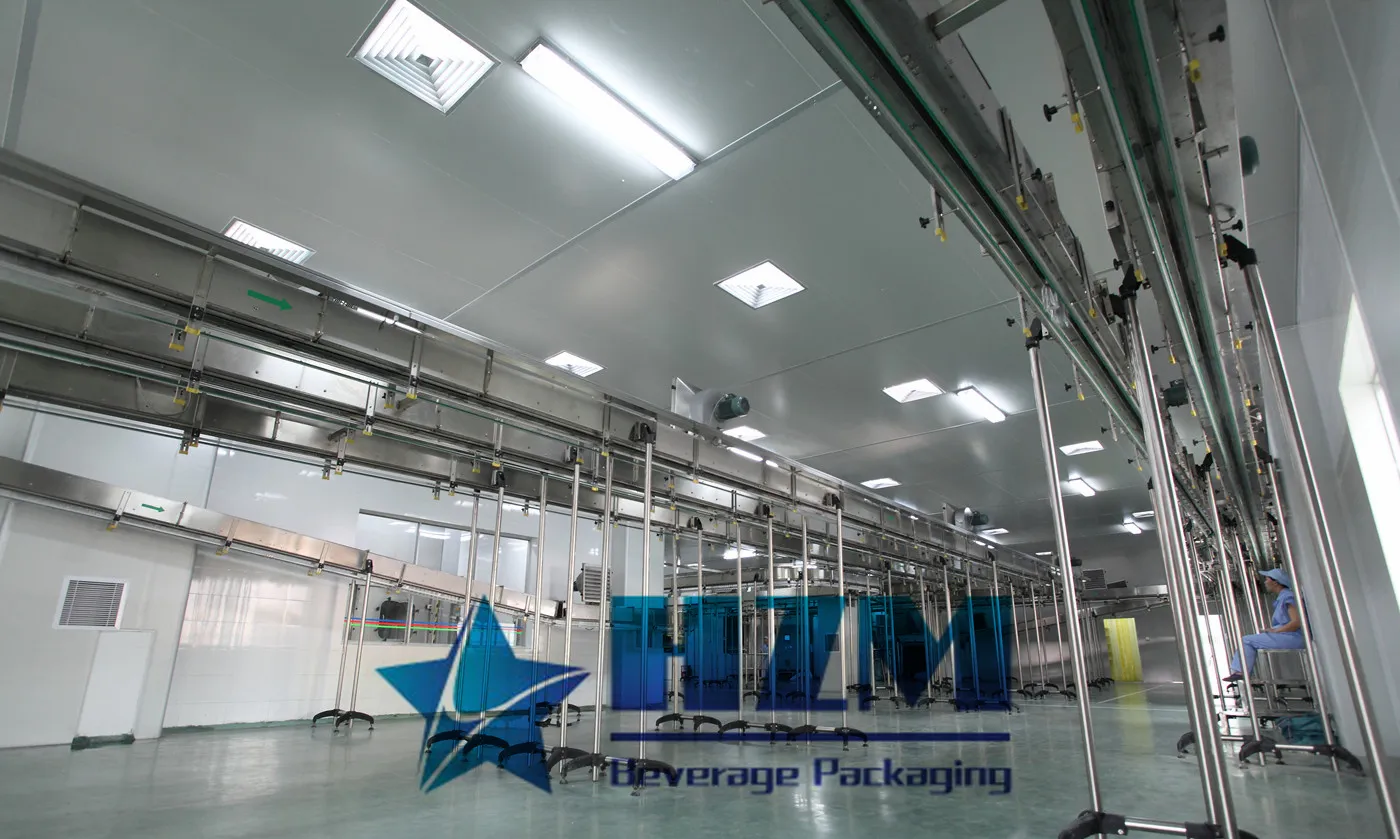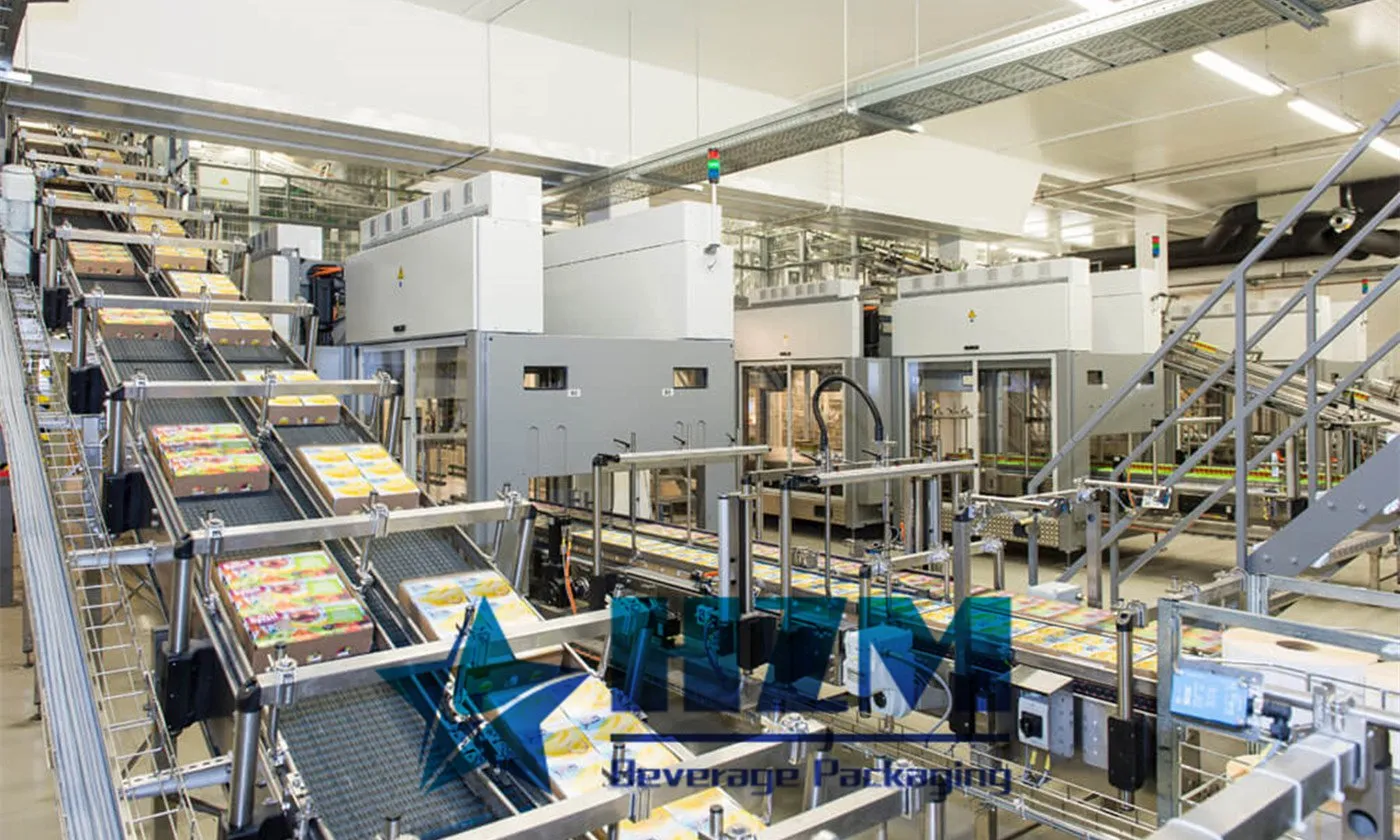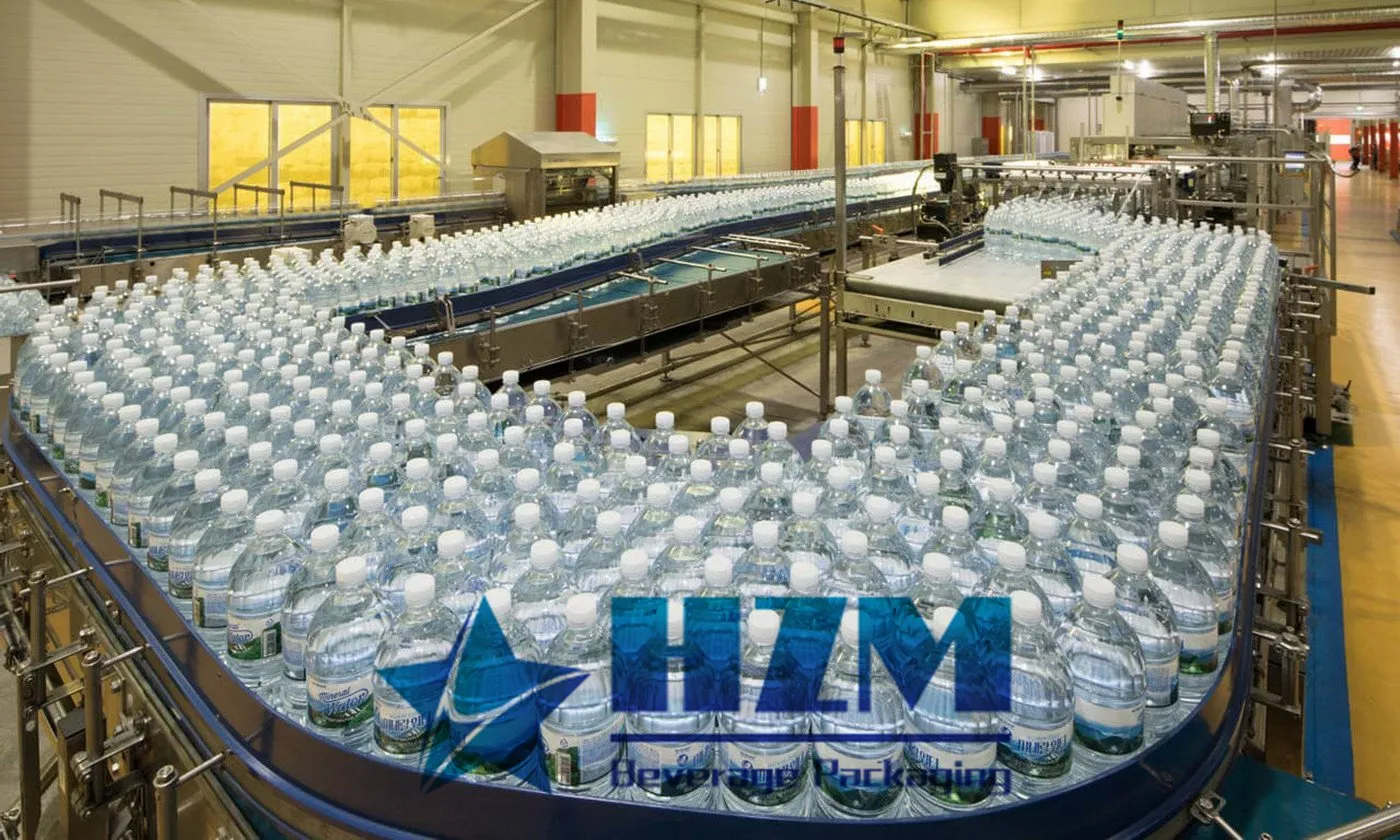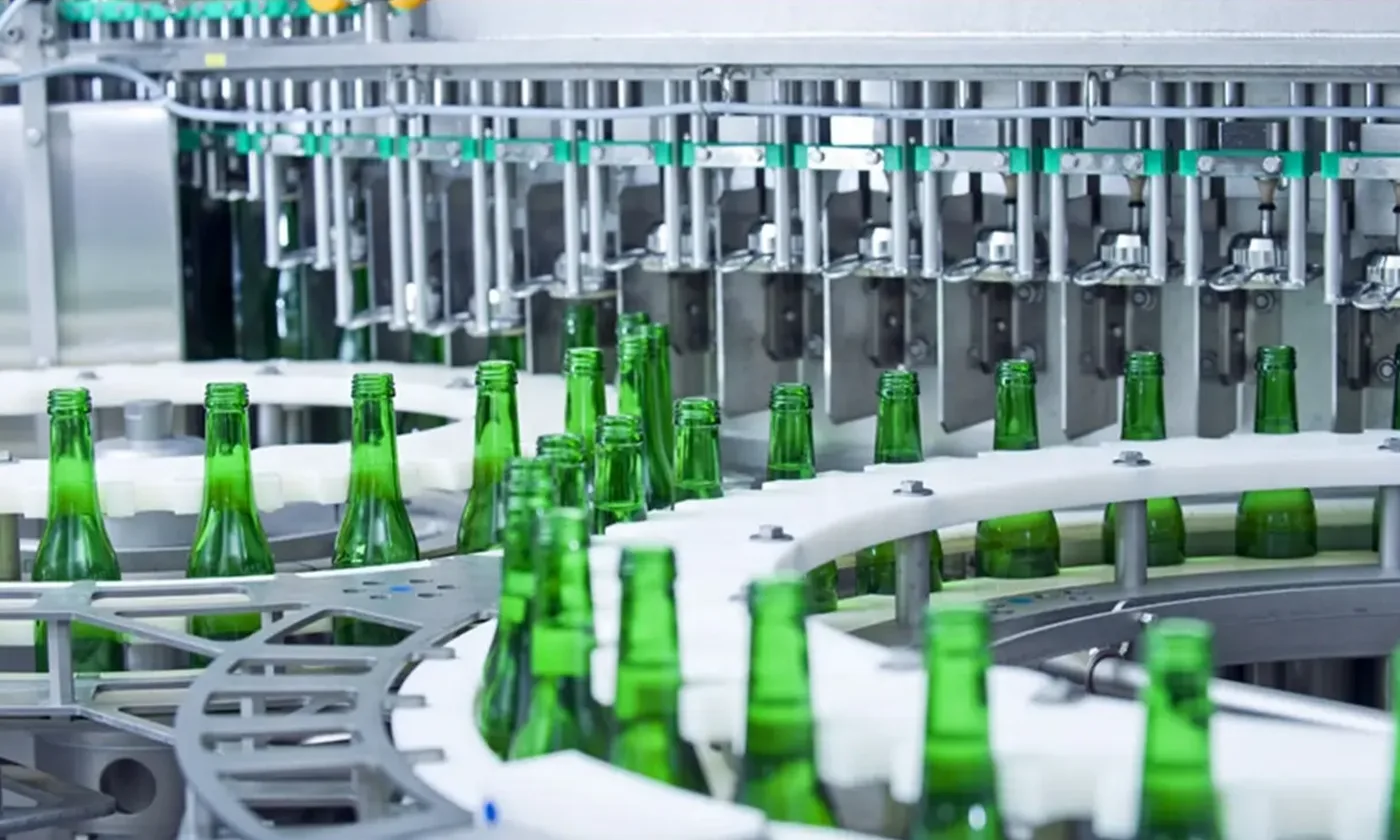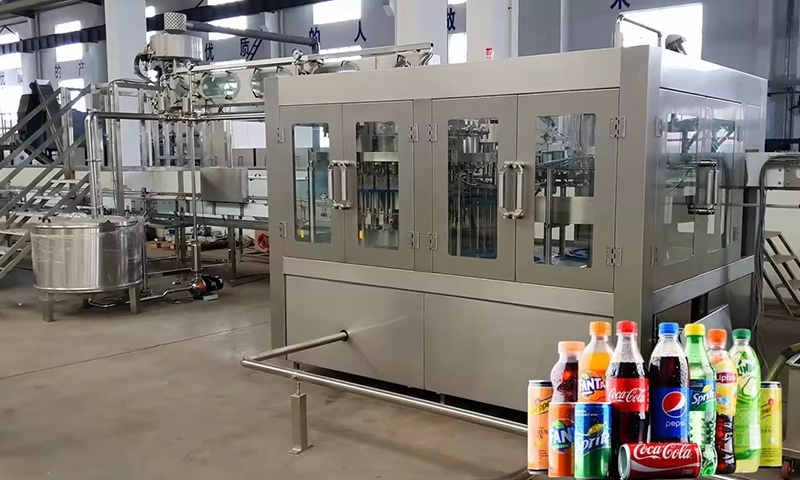
Automatic Beverage Filling Machine Solution
The beverage filling machine is suitable for filling various capacities of juice beverages, such as grape juice, mango juice, peach juice, apricot juice, seabuckthorn juice, and so on. The popular beverages in the market are made from pure fruit juice without any additives or preservatives. The outer packaging containers are made of materials such as glass bottles, PET heat-resistant plastic bottles, and cans.

The fully automatic juice beverage production line starts with juicing fresh fruits and follows a series of production processes. Depending on the type of fruit, different methods are used for juice extraction, such as crushing and juicing, dual-stage pulping, enzymatic clarification and filtration for clear juice, and direct blending for turbid juice. Pure water and flavorings are added to adjust the sweetness and acidity of the juice beverages. After high-temperature ingredient filtration, the mixture undergoes high-pressure homogenization, vacuum deaeration, sterilization, and then proceeds to hot filling and sealing.
The juice beverage filling machine itself does not have a heating function for the juice material. The liquid cylinder is equipped with a temperature detector. For example, if we set the temperature to 85 degrees, when the temperature of the juice beverage in the cylinder is below 85 degrees, the juice filling machine will immediately stop working. All the materials in the cylinder will be sucked away by a vacuum pipeline into a reflux tank, then pumped into a sterilizer for secondary sterilization before being filled into the cylinder again. As long as the temperature of the material in the cylinder is not lower than the set temperature, the juice filling machine will work normally. This is what we call hot filling.
Currently, three-caps and four-caps sealing methods are commonly used in the market, while the previous method used individual capping. In recent years, we have made many improvements to the capping mechanism of the three-caps sealing. Previously, the main issues were incomplete capping, loose caps, or bursting bottle caps. To address these problems, we have designed a set of reverse capping devices. After the bottle cap is properly applied, it is twisted in the opposite direction with the three-caps, ensuring that the cap is in the correct position. When the cap is twisted again, it can be tightened in one go, achieving a stable and secure seal.

The juice beverage production line can be customized according to different users and actual situations. Our company can provide a complete set of juice beverage production lines based on production speed. Here are several levels available for beverage manufacturers to choose from: small-scale (2000 bottles/hour), medium-scale (4000 bottles/hour), medium-high scale (6000 bottles/hour), large-scale (10000 bottles/hour), extra-large scale (15000 bottles/hour), super large scale (20000 bottles/hour), and ultra-large scale (25000 bottles/hour to 36000 bottles/hour).
The automatic juice beverage filling equipment is mainly used to fill and seal the prepared ingredients and sterilized finished juice beverages into empty bottles. The machine combines bottle rinsing, hot filling, and capping into one process. It works in conjunction with an automatic vacuum reflux system, which collects any overflowed juice beverage during the filling process and returns it to the pre-filling stage for UHT ultra-high temperature sterilization before refilling. The fully enclosed liquid cylinder with upper and lower hemispherical heads ensures thorough cleaning without dead corners. It is equipped with a temperature sensor that allows the temperature to be set arbitrarily, such as 85 degrees. In the event of equipment failure during the production process, causing the juice three-in-one filling machine to stop for a few minutes, if the temperature of the juice beverage in the cylinder drops below 85 degrees, the filling machine will stop working, and all the juice beverage in the cylinder will be sucked into the reflux tank for re-sterilization before continuing the filling process. This is known as hot filling. The machine itself does not have a heating function, but it can control the filling temperature of the material. At 85 degrees, the juice beverage will not breed bacteria, thereby extending the shelf life of the finished product.
The juice beverage automatic filling machine for glass bottles is suitable for filling bottled juice beverages with capacities of 350ml, 500ml, 1L, 1.5L, and other sizes. The so-called hot filling refers to filling the sterilized juice beverage at 85 degrees to ensure that the material temperature during filling is maintained at 85 degrees to prevent bacterial growth and prolong the shelf life of the juice beverage. The three-in-one hot filling equipment includes functions for purified water rinsing, hot filling, and sealing. Both rinsing water and ingredient water used are purified water, resulting in a better taste of the beverage. There are also many devices that require heating in juice beverage production. For long-term cost considerations, it is recommended to purchase a steam boiler with an appropriate tonnage for heating using steam.
Secondary sterilization in the beverage production line includes bottle inversion sterilization and aseptic spraying sterilization. The bottle inversion sterilizer does not have a sterilization function itself. It uses a mechanical device to slowly and orderly invert the bottles, utilizing the temperature generated by the juice material, such as 85 degrees, to sterilize the inside of the bottle cap. The inverted bottle is maintained in this position for about 15-30 seconds. After the cap inversion sterilization, it immediately enters the spraying sterilization and cooling equipment for further sterilization and cooling. This method adopts the aseptic sterilization method, with a temperature of 75-85 degrees maintained for approximately 20-30 minutes, mainly to ensure the shelf life of the finished product. However, if the juice beverage stays at a high temperature for a long time, it will affect the nutritional components, color, and taste of the juice. Therefore, immediate cooling is necessary after sterilization to lower the temperature to room temperature. Due to the consideration of glass bottles, direct cold water spraying may cause bottle breakage, so the cooling area is divided into sections, gradually reducing the temperature to complete the cooling process.
TAG: Beverage Filling Machine filling machines Juice Beverage Filling Machine
-
![Core Selling Points of Glass Bottle CSD Filling & Capping Line]()
Core Selling Points of Glass Bottle CSD Filling & Capping Line
-
![Customizable beverage filling system]()
Customizable beverage filling system
-
![Differences Between Hot Filling and Cold Filling in Beverage Filling Machines]()
Differences Between Hot Filling and Cold Filling in Beverage Filling Machines
-
![Selecting a Dedicated RO Reverse Osmosis Water Treatment System for a Purified Water Beverage Production Line]()
Selecting a Dedicated RO Reverse Osmosis Water Treatment System for a Purified Water Beverage Production Line
-
![How Fast Is the Labeling Speed of Tea Beverage Packaging Machines?]()
How Fast Is the Labeling Speed of Tea Beverage Packaging Machines?


